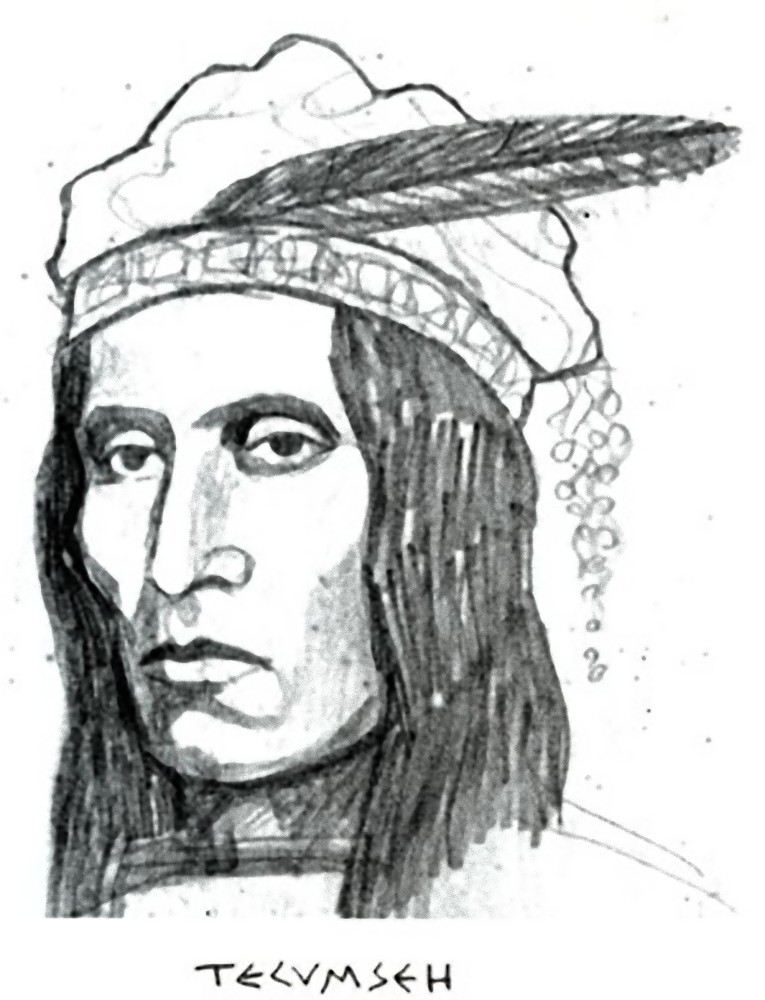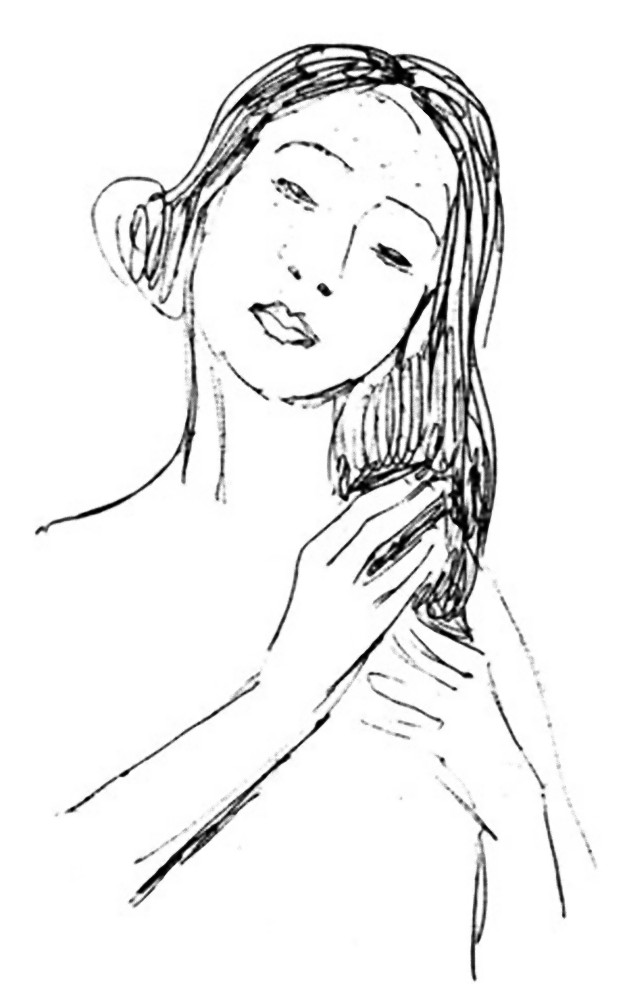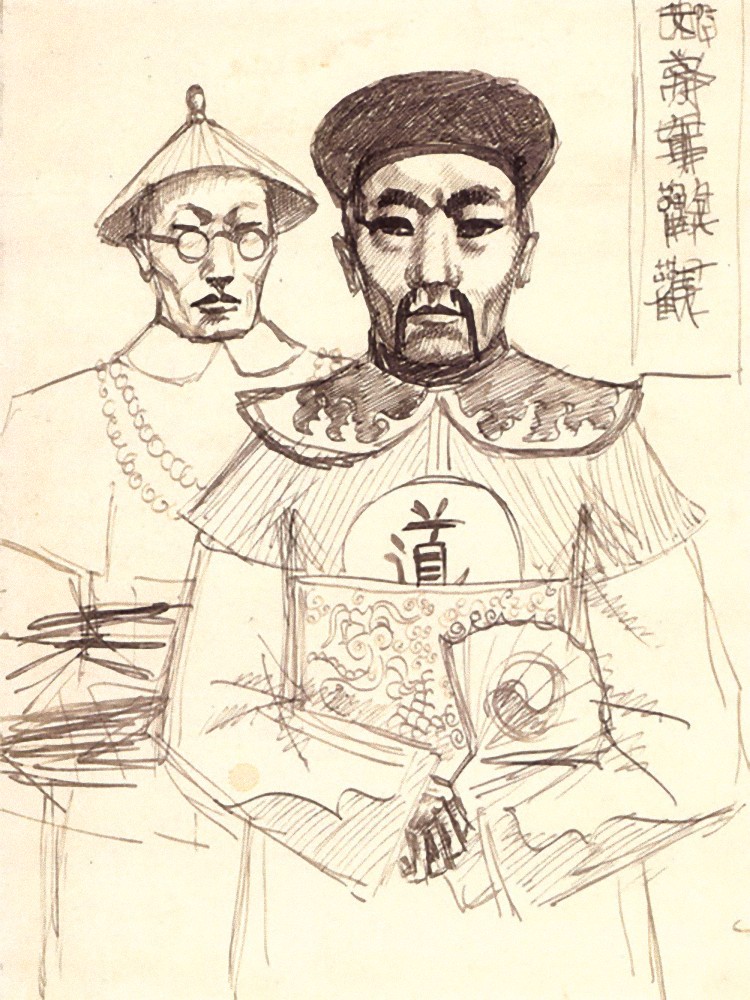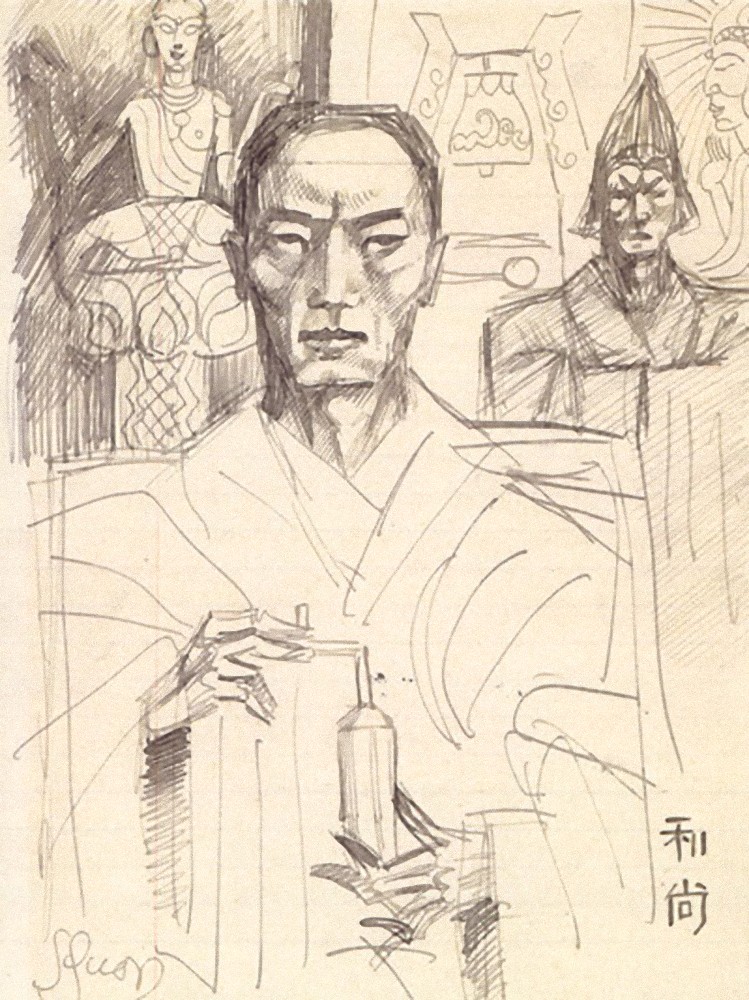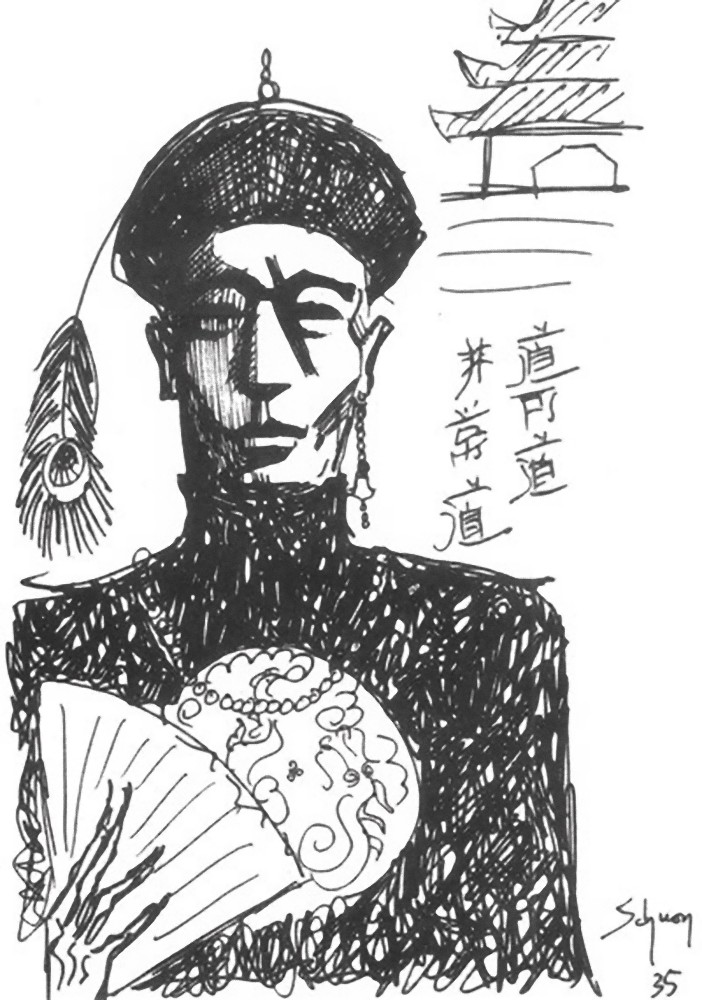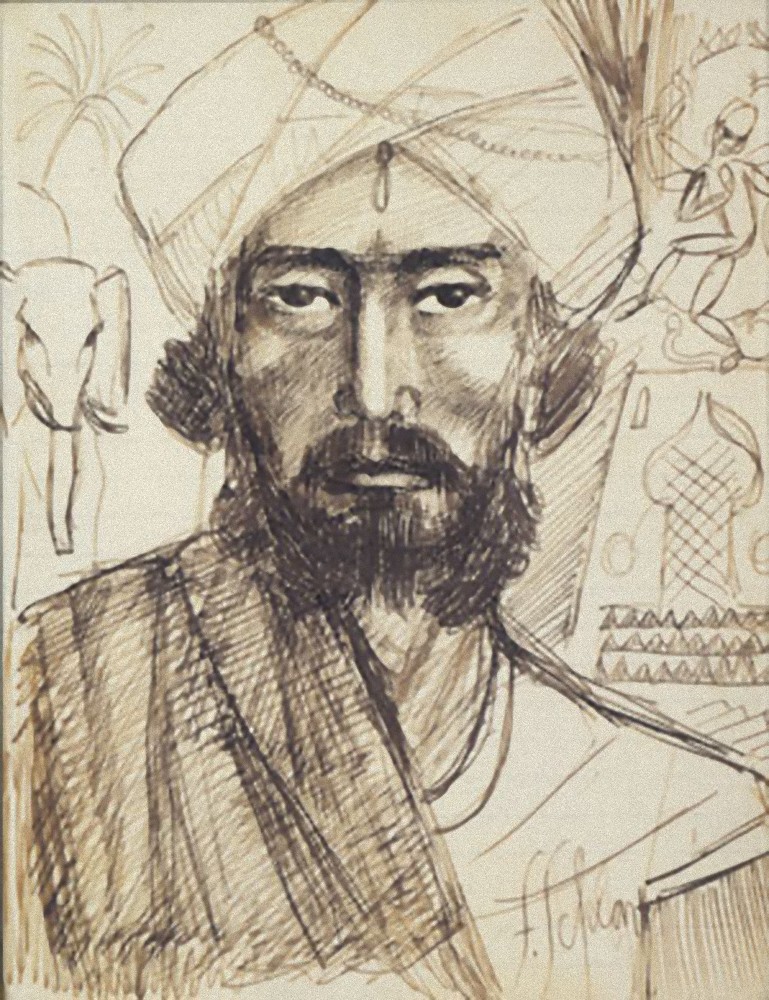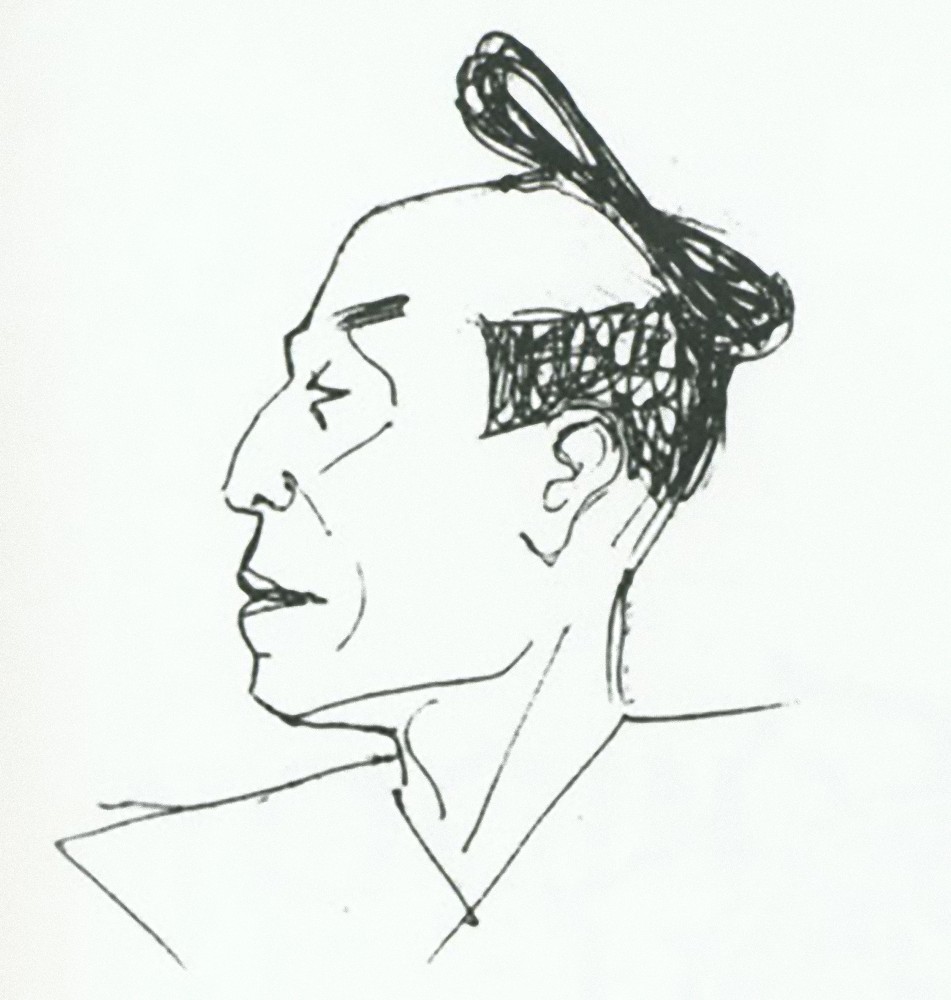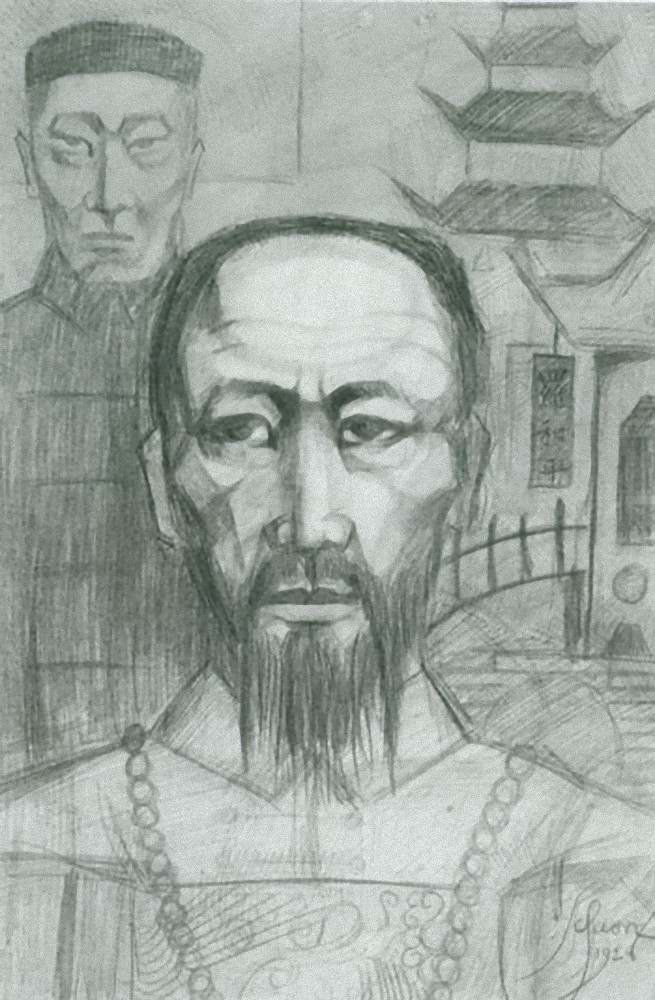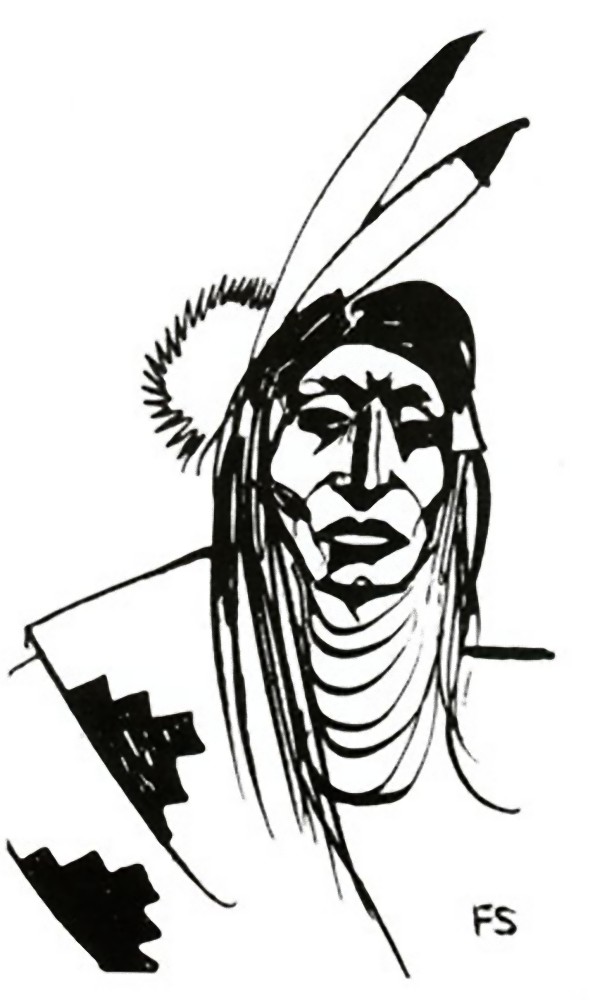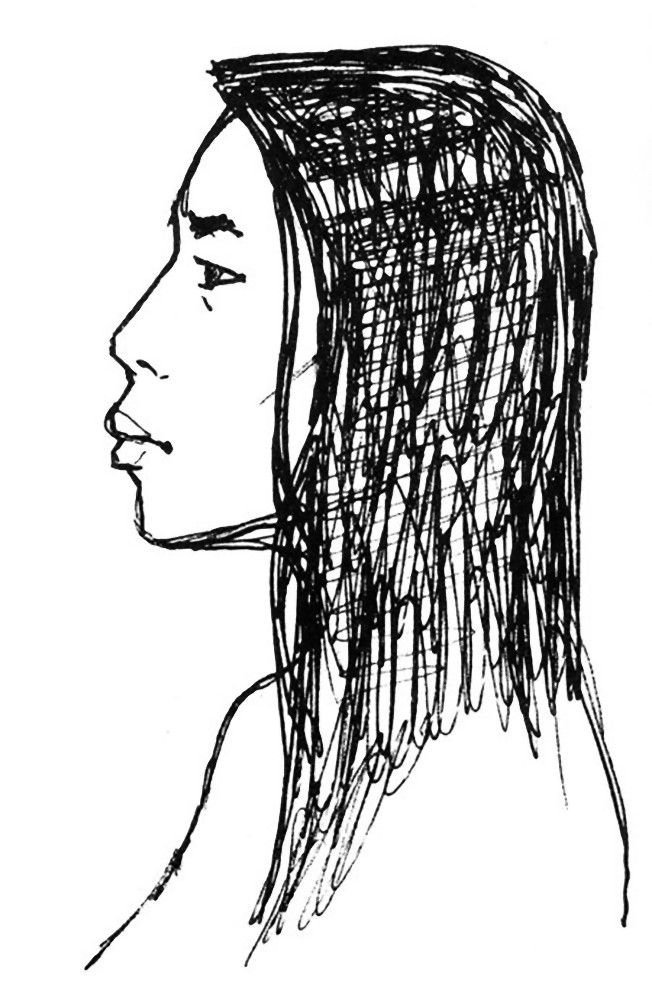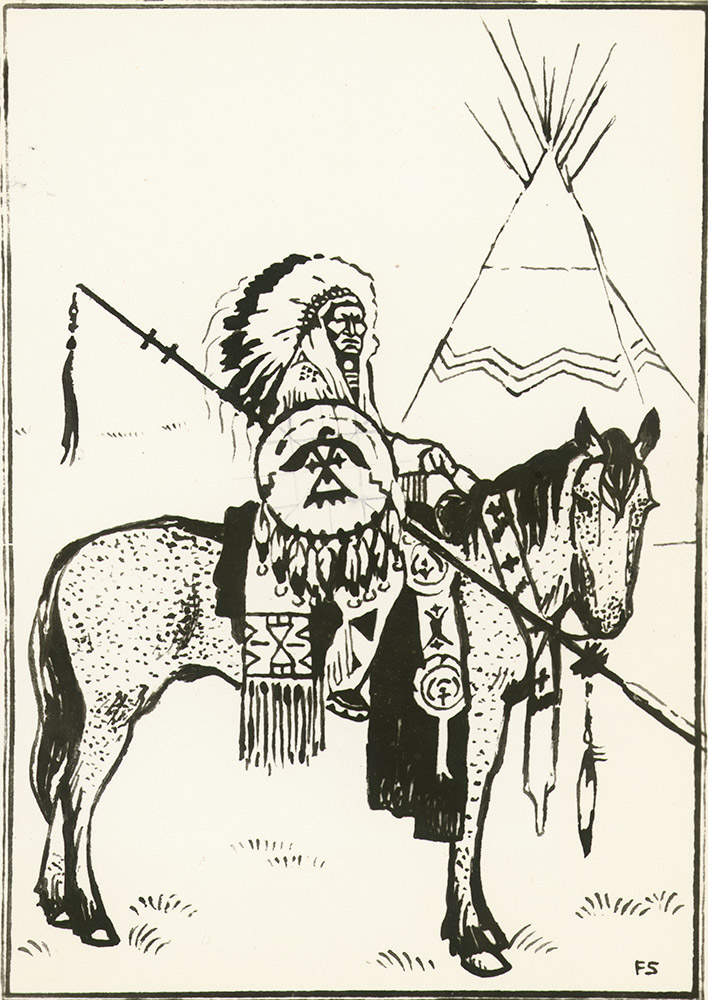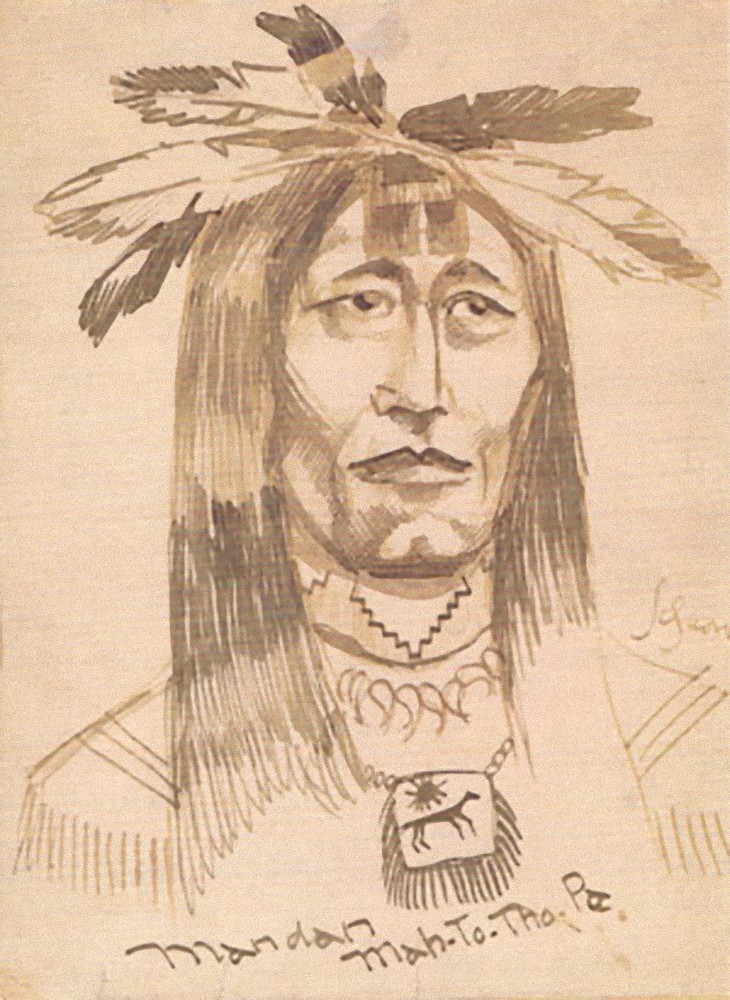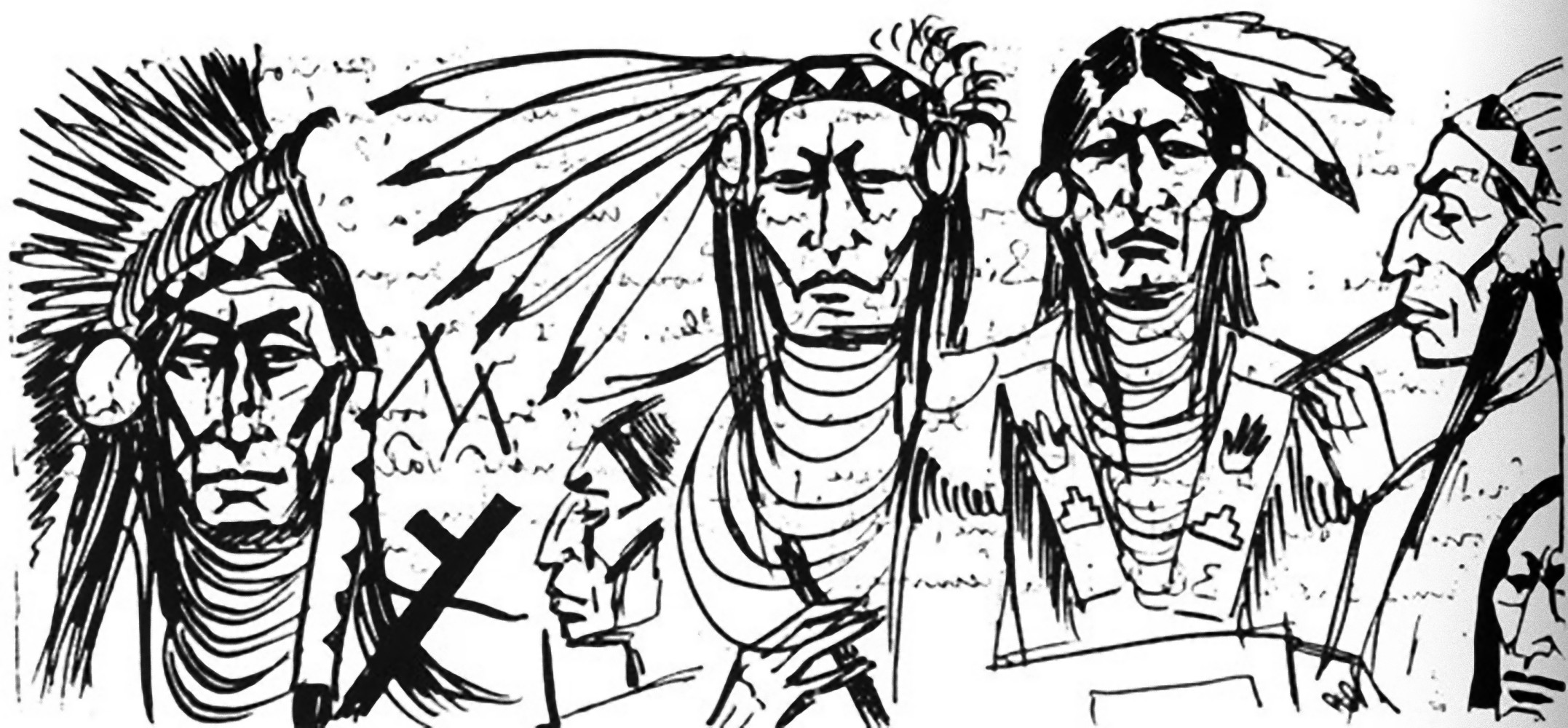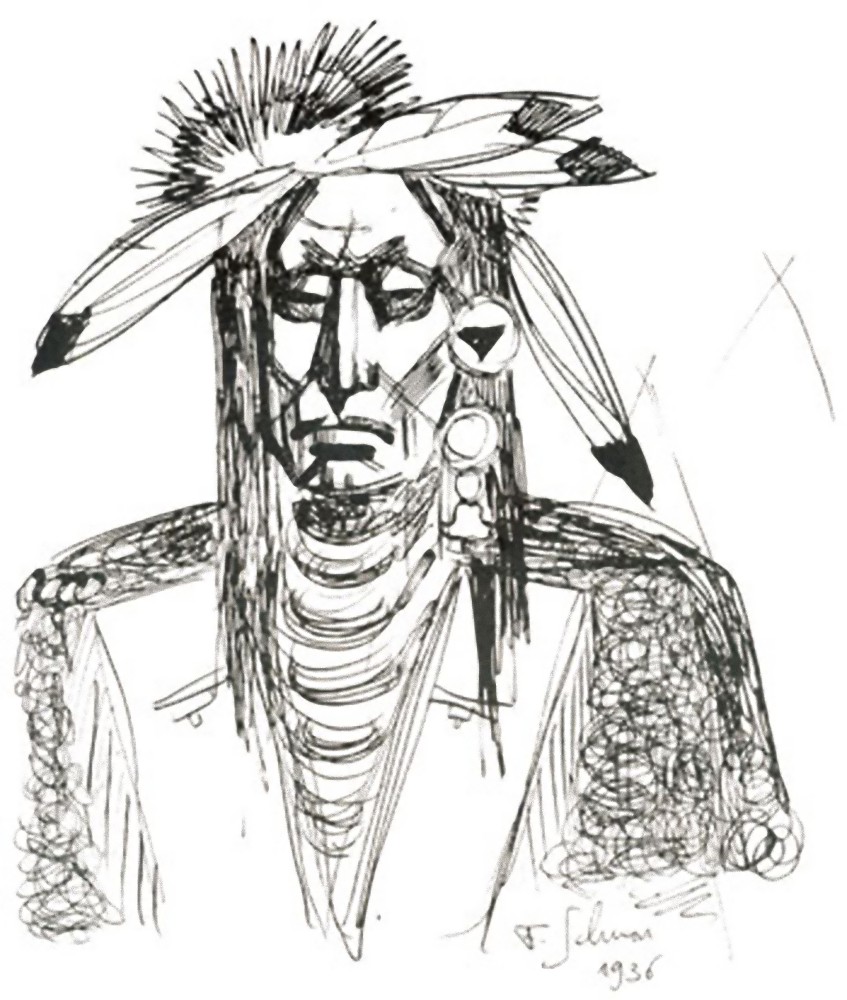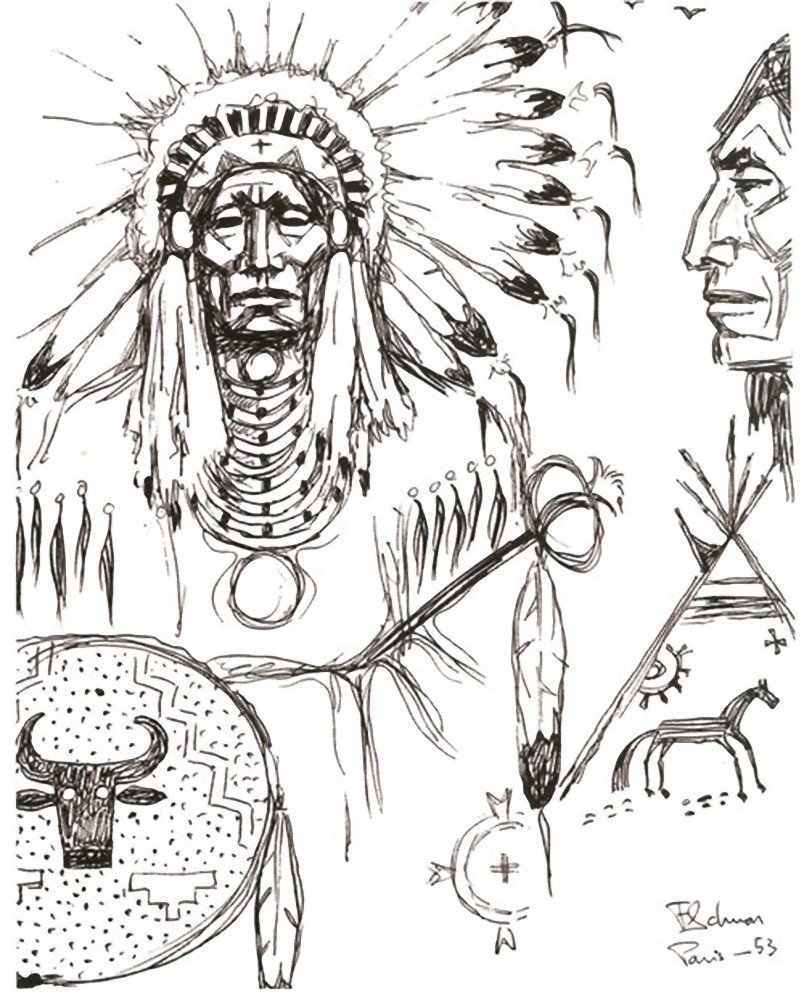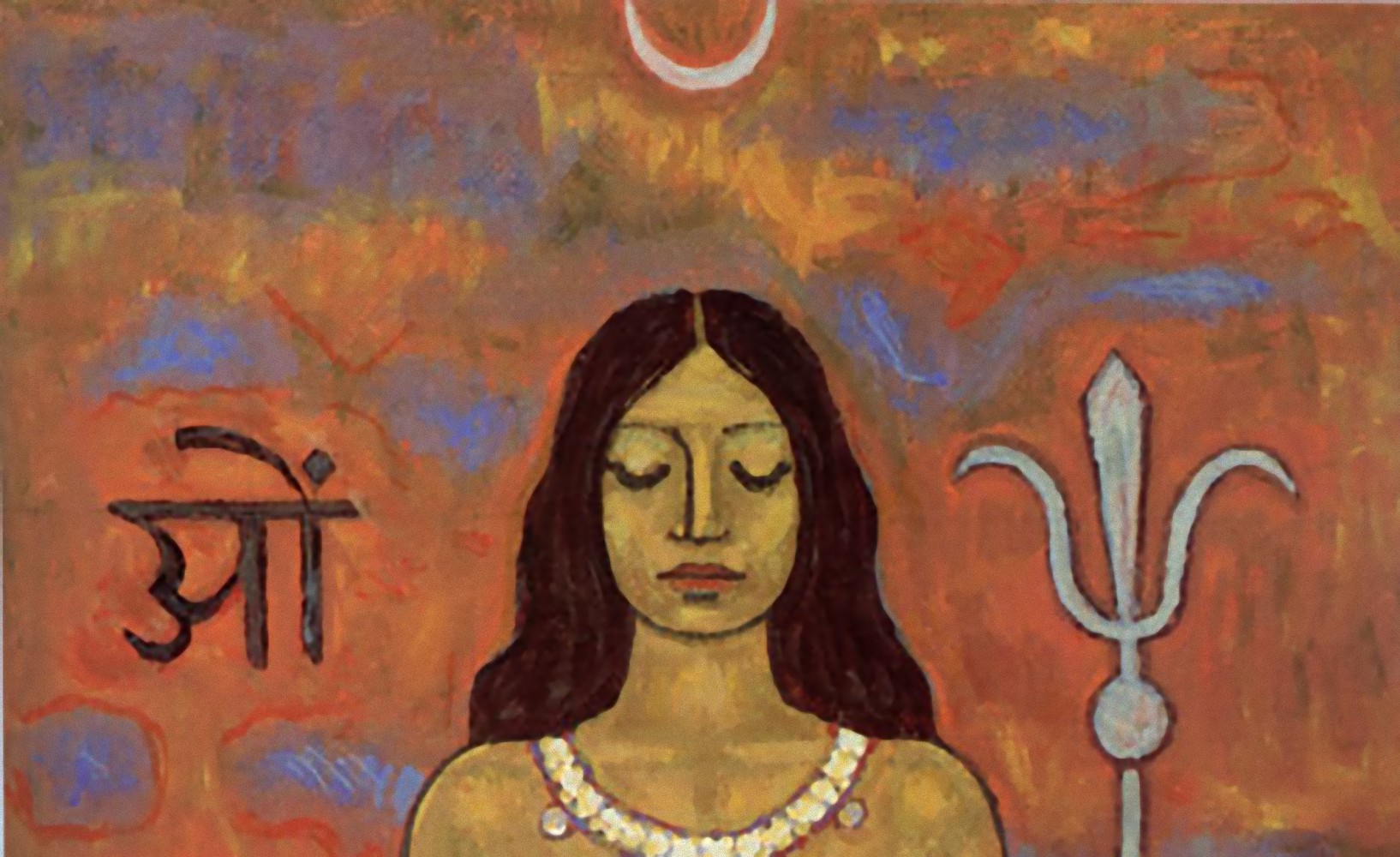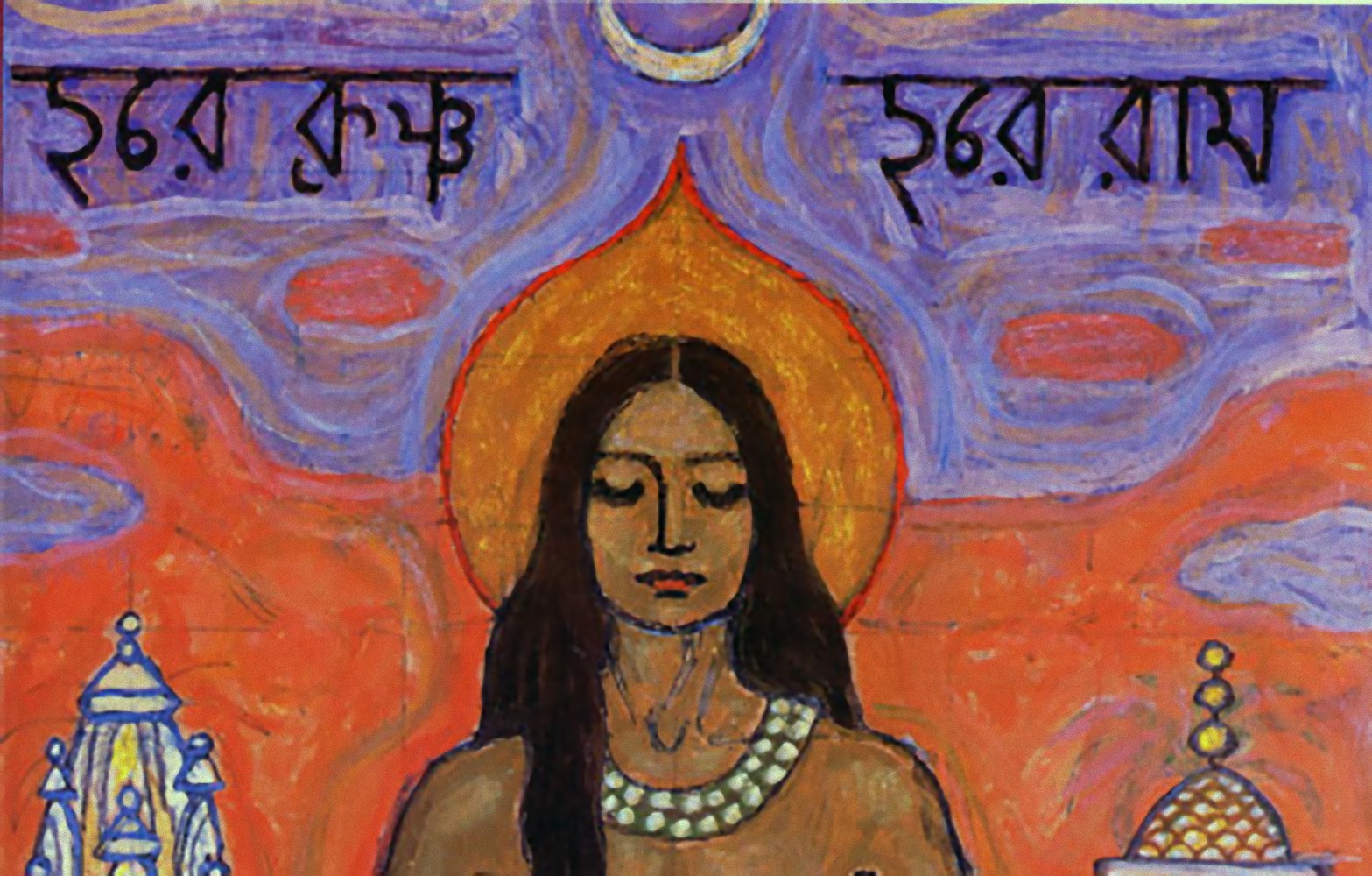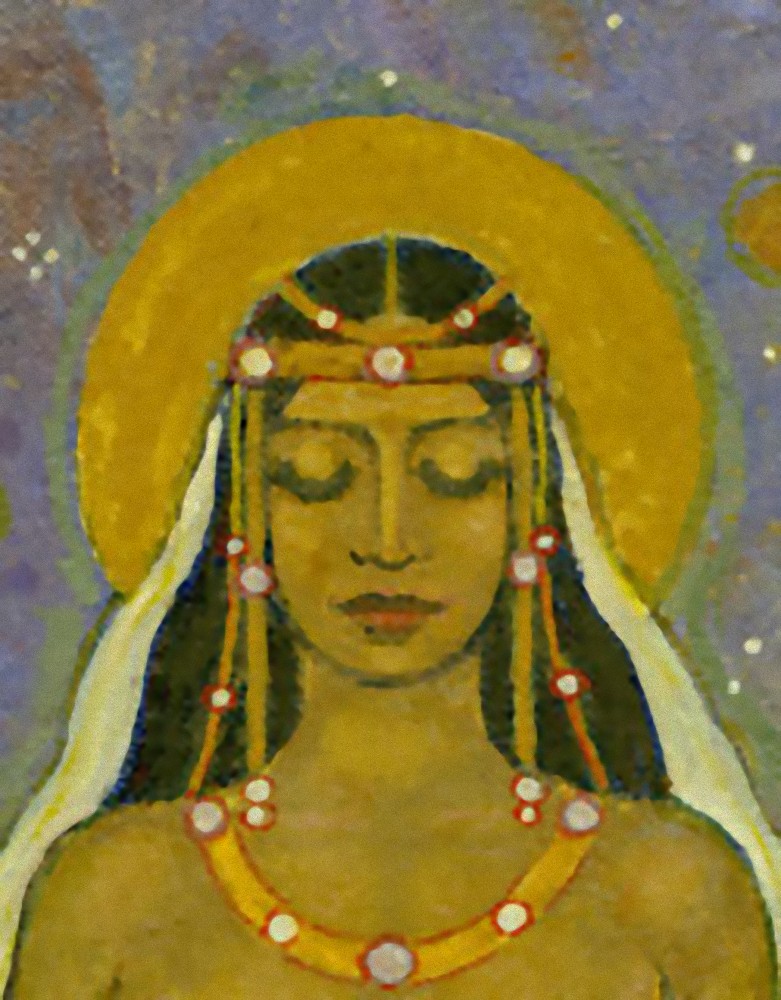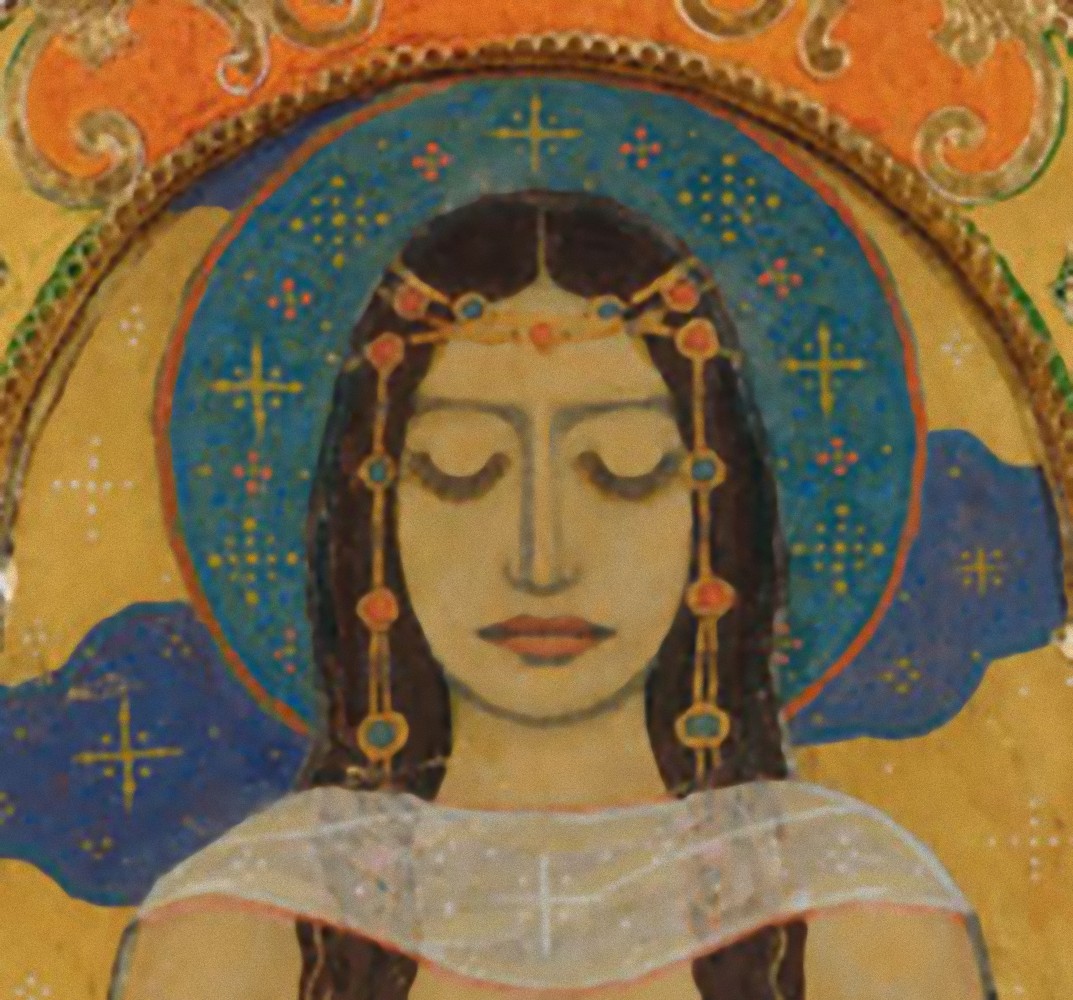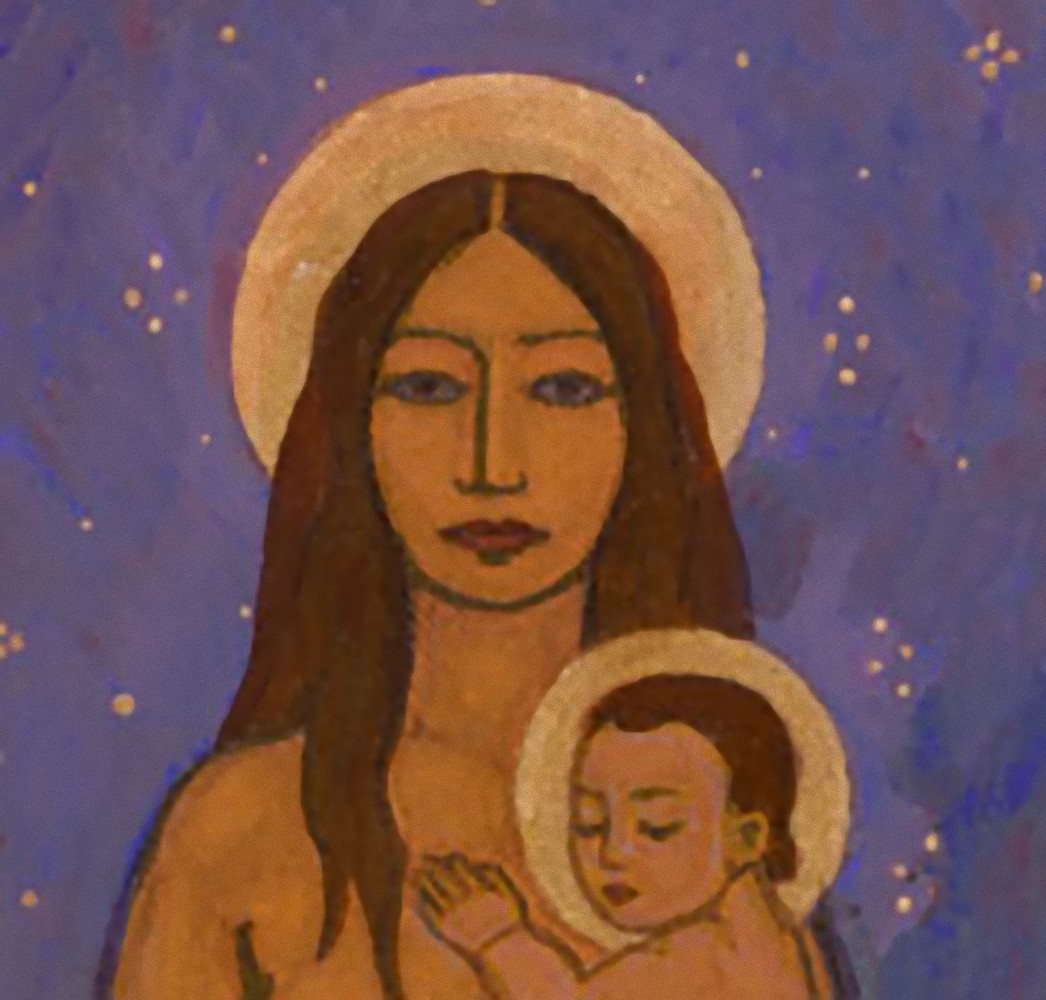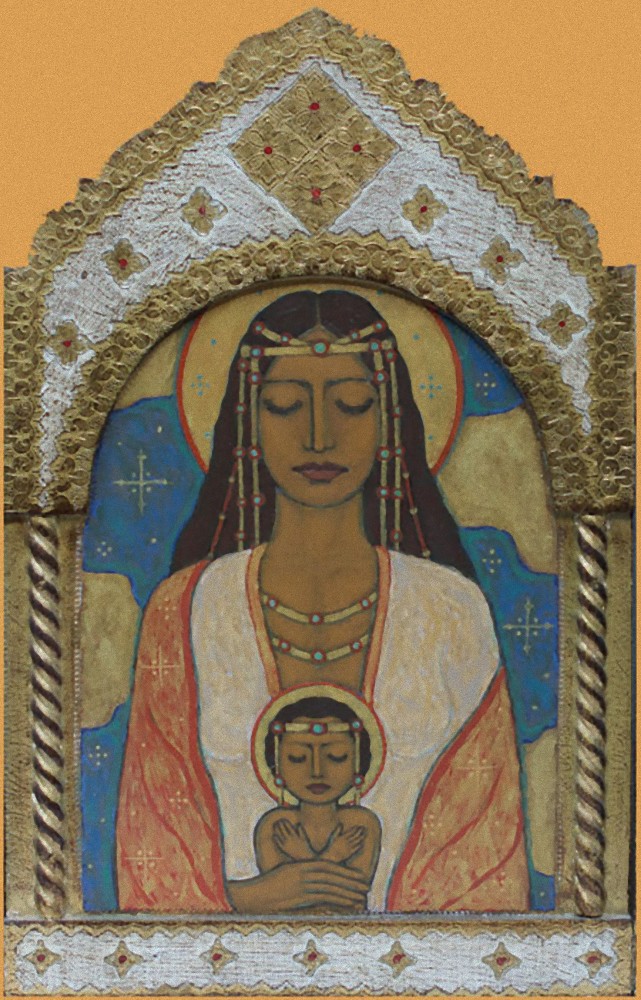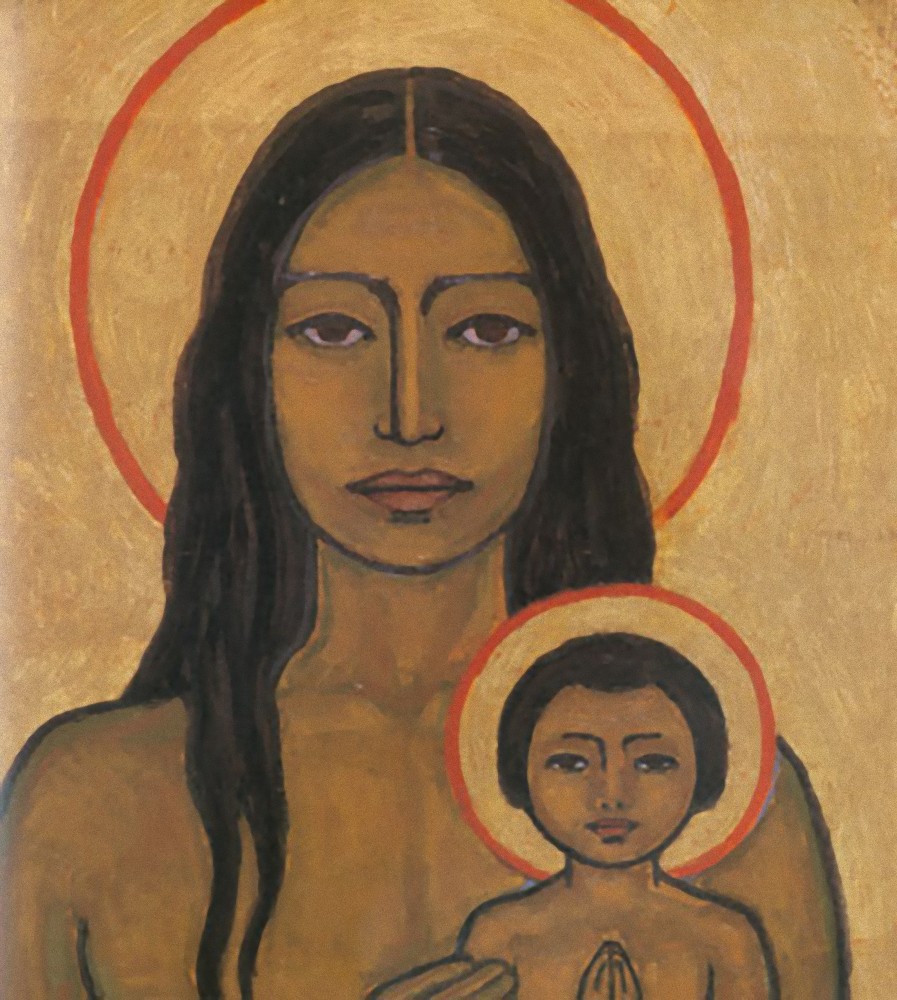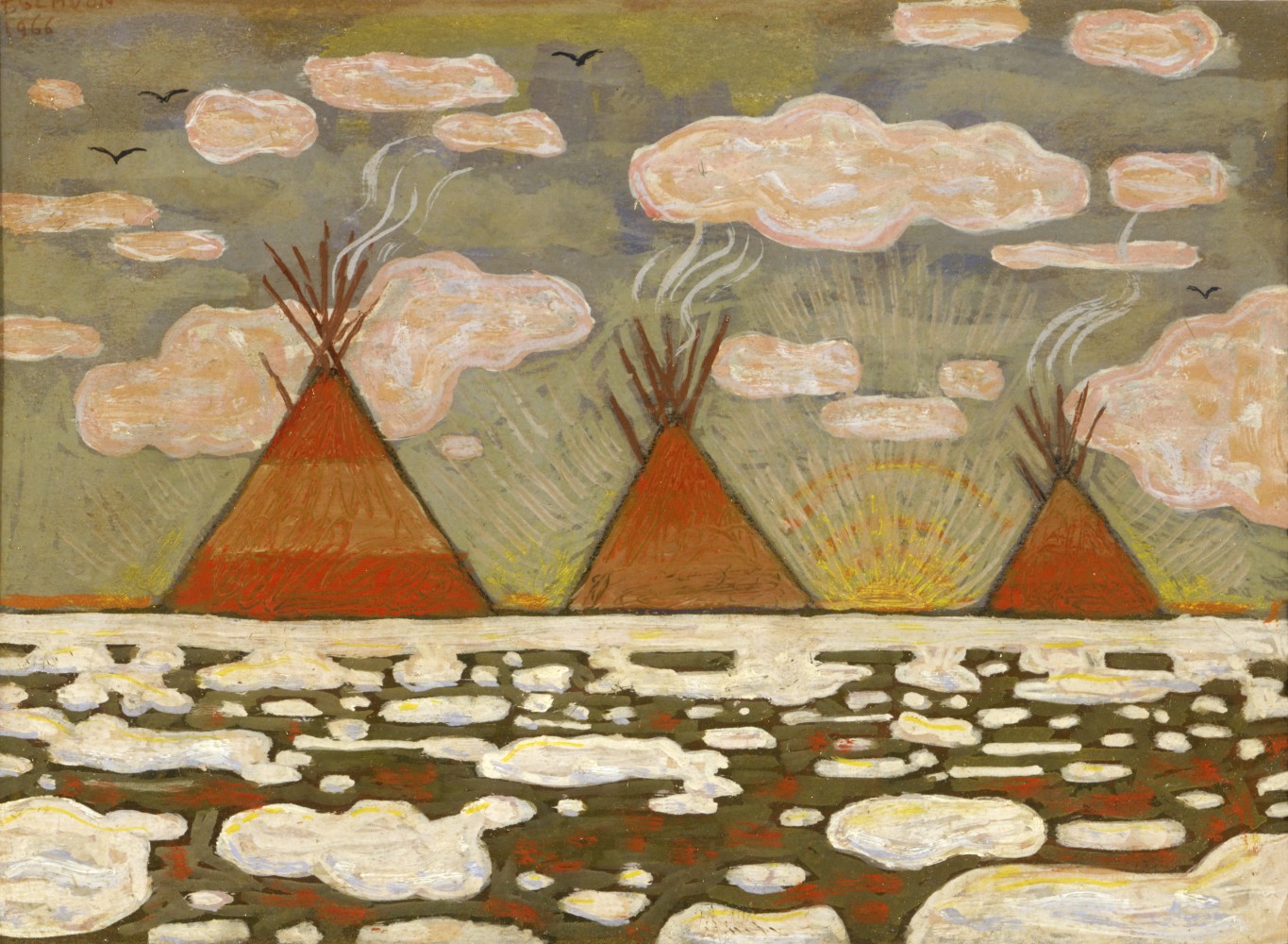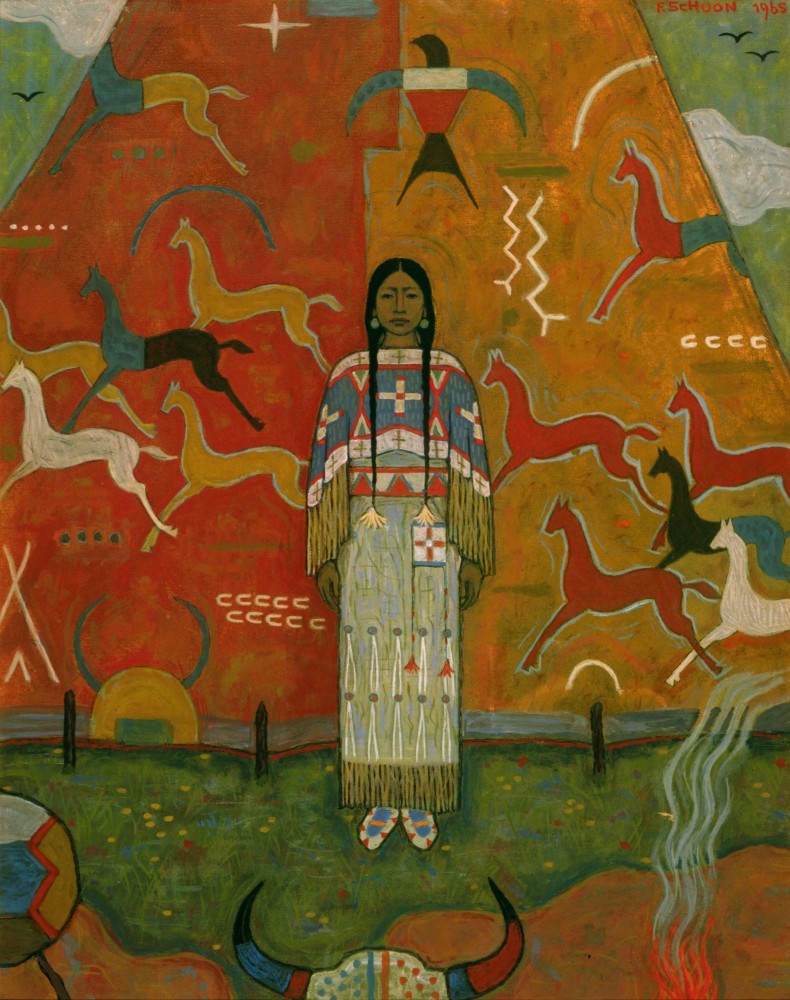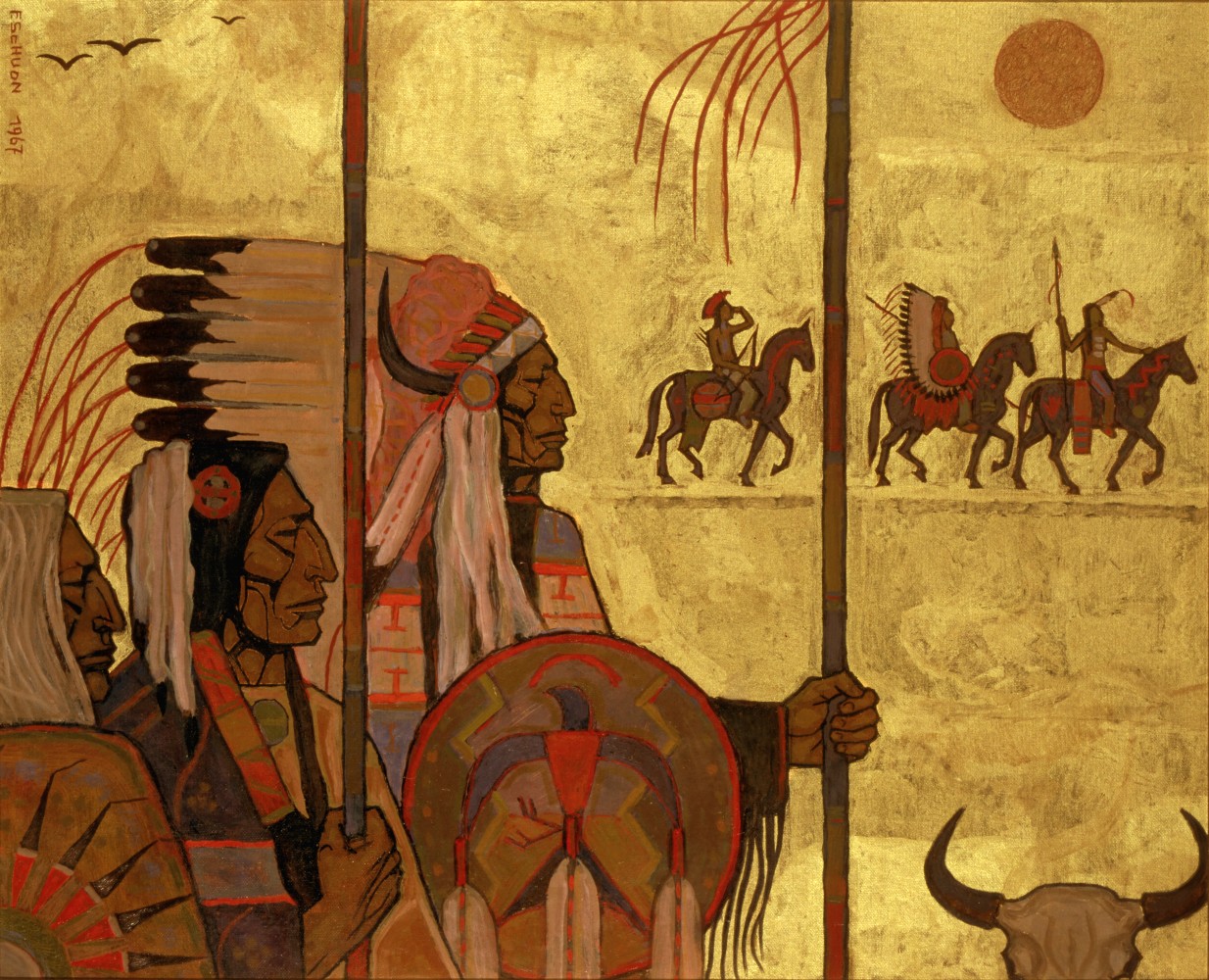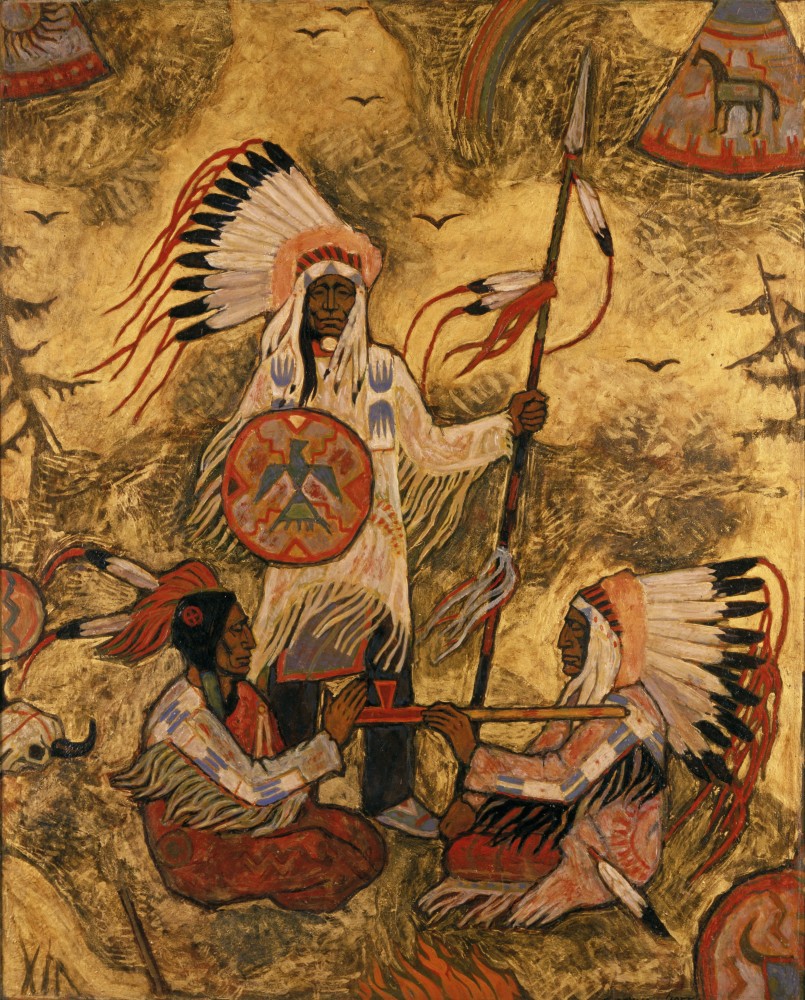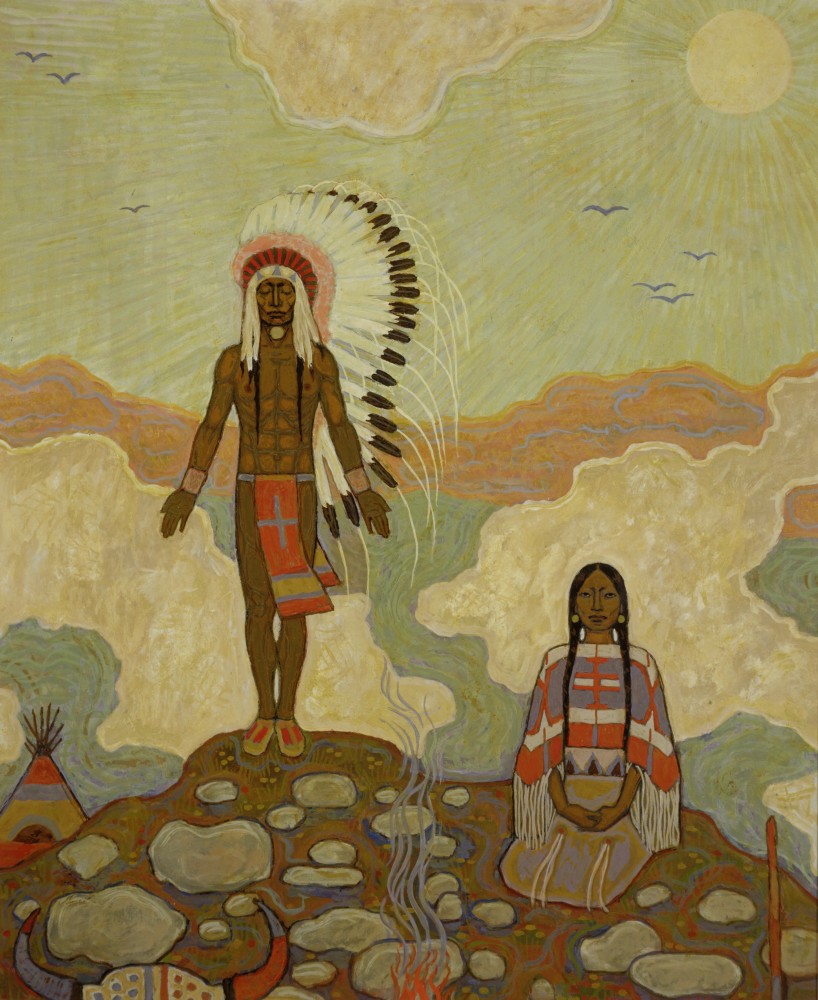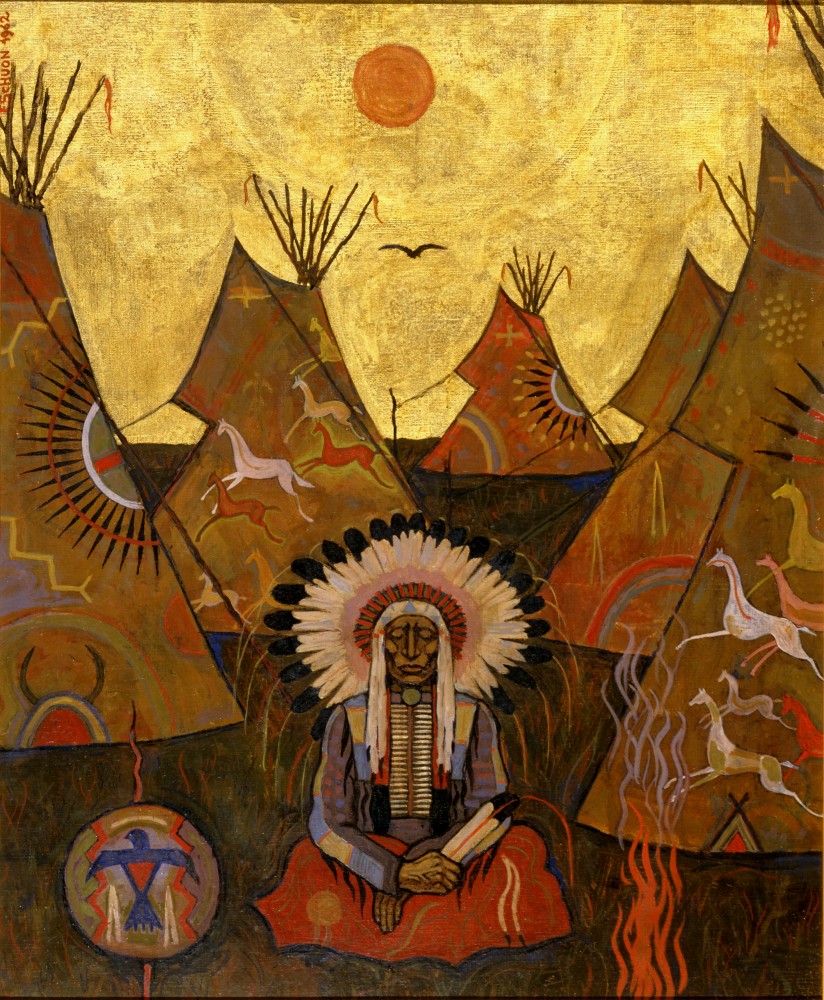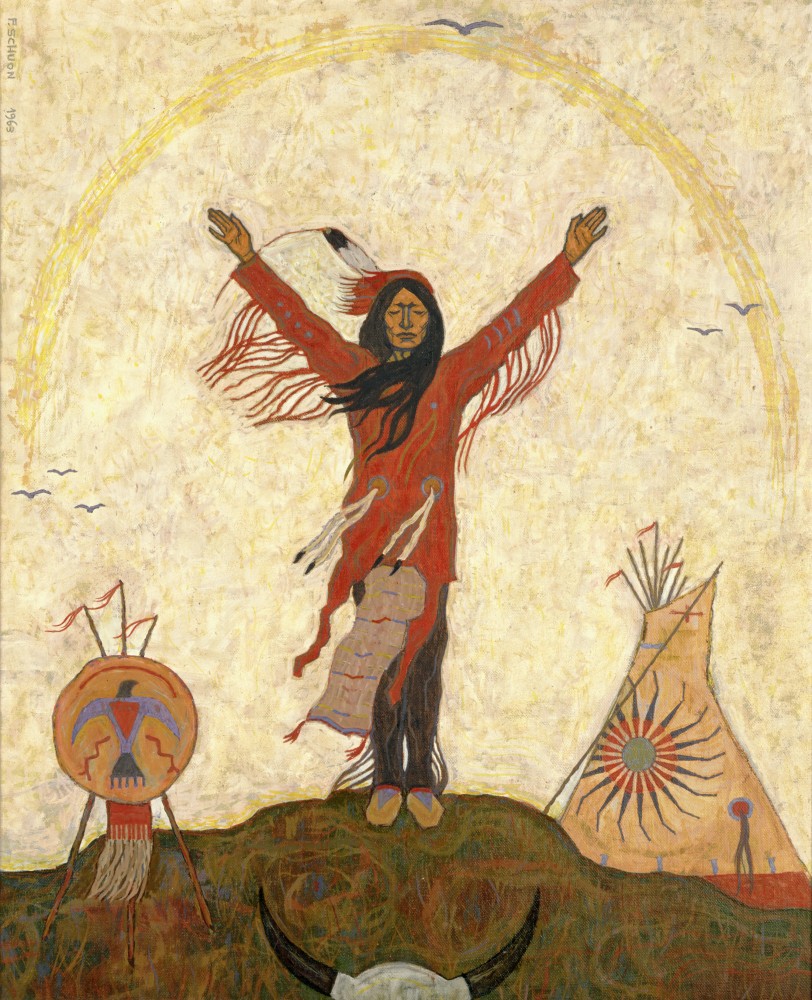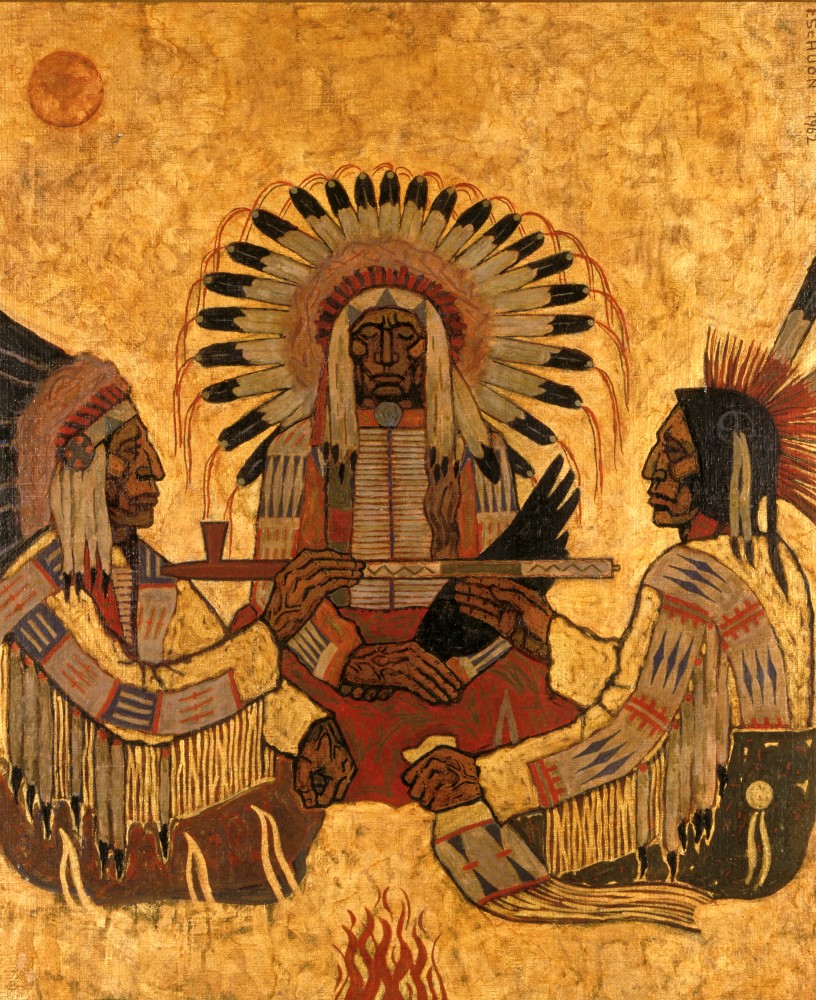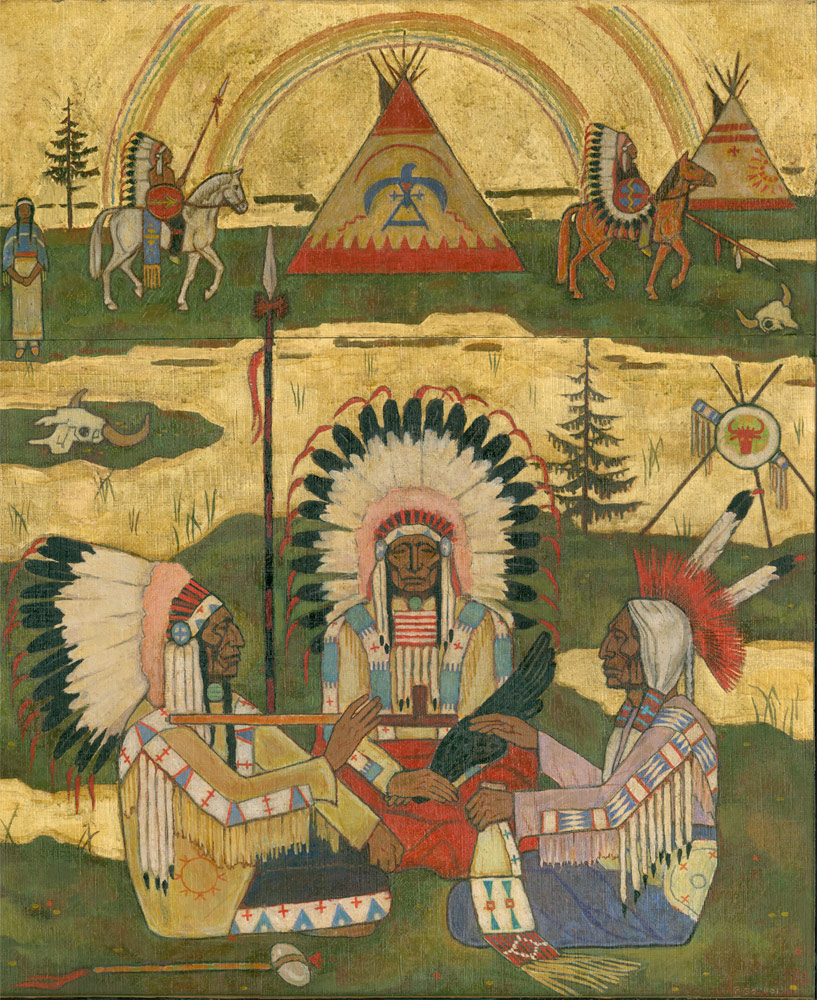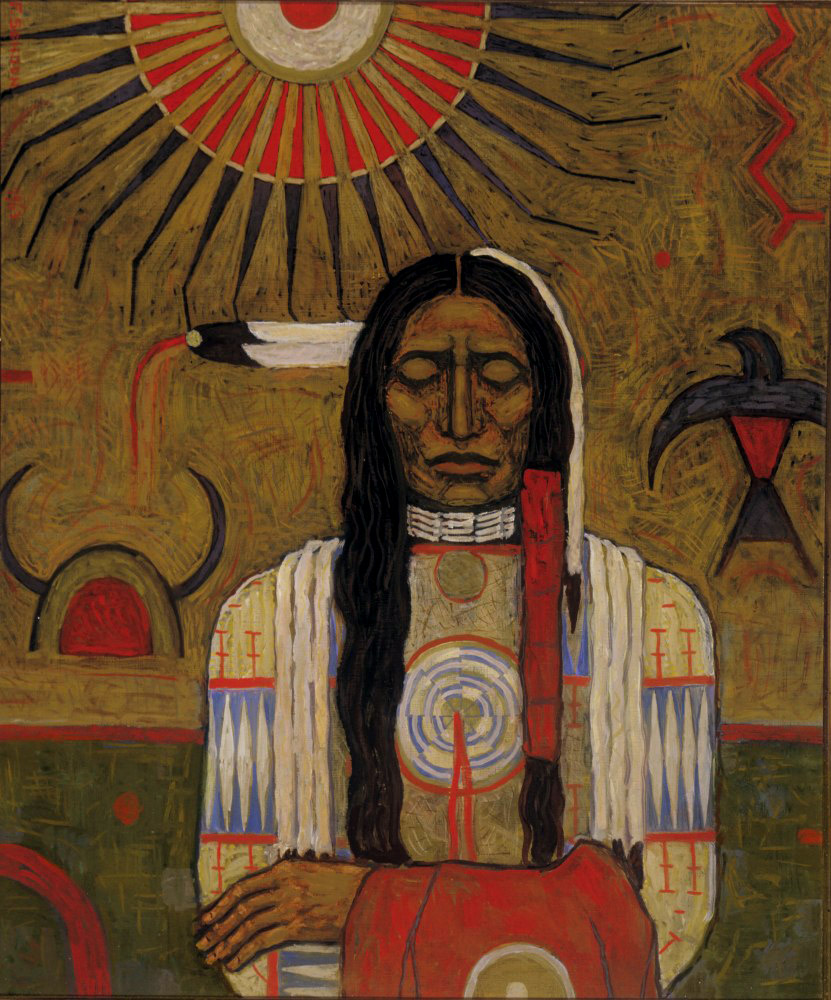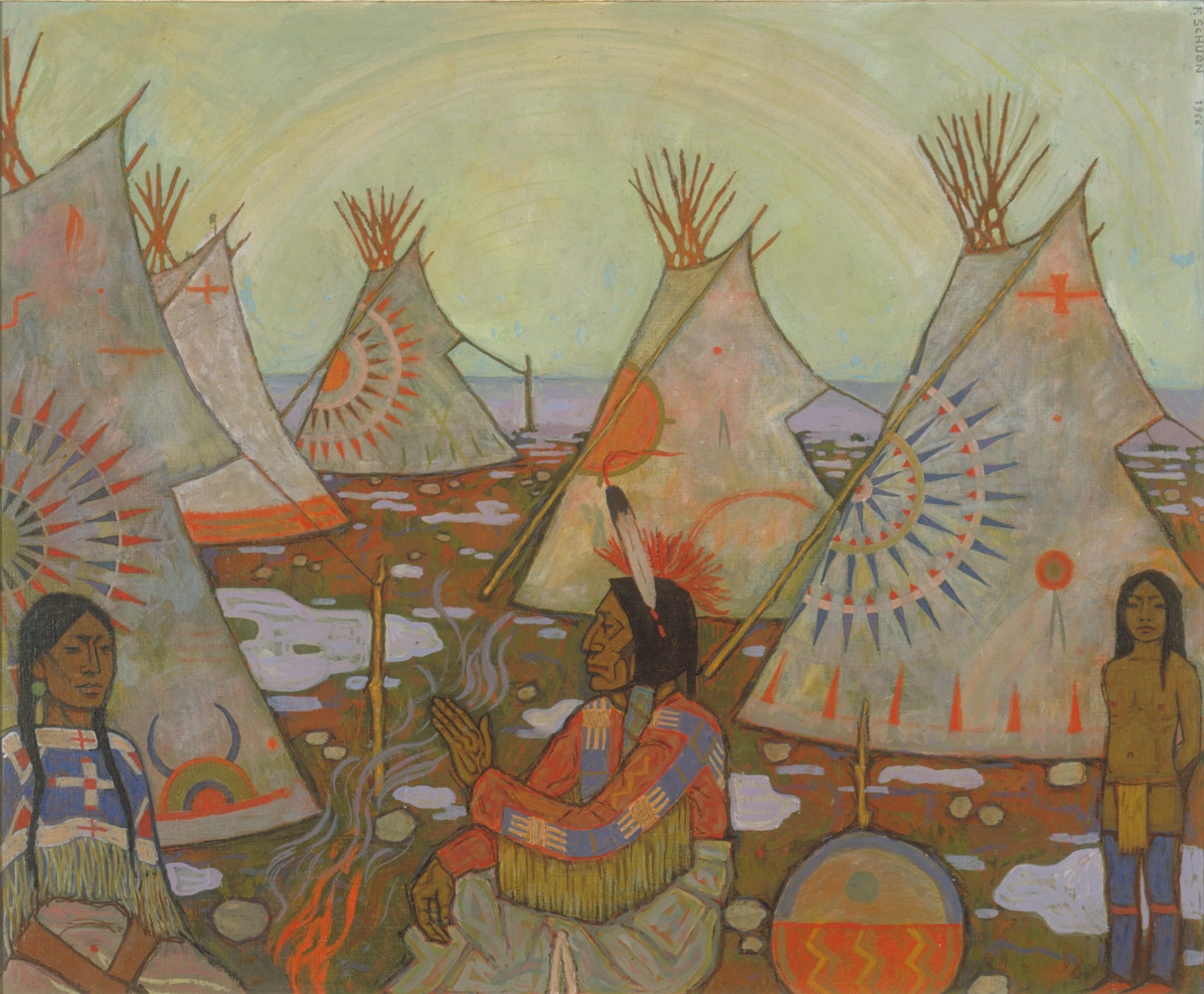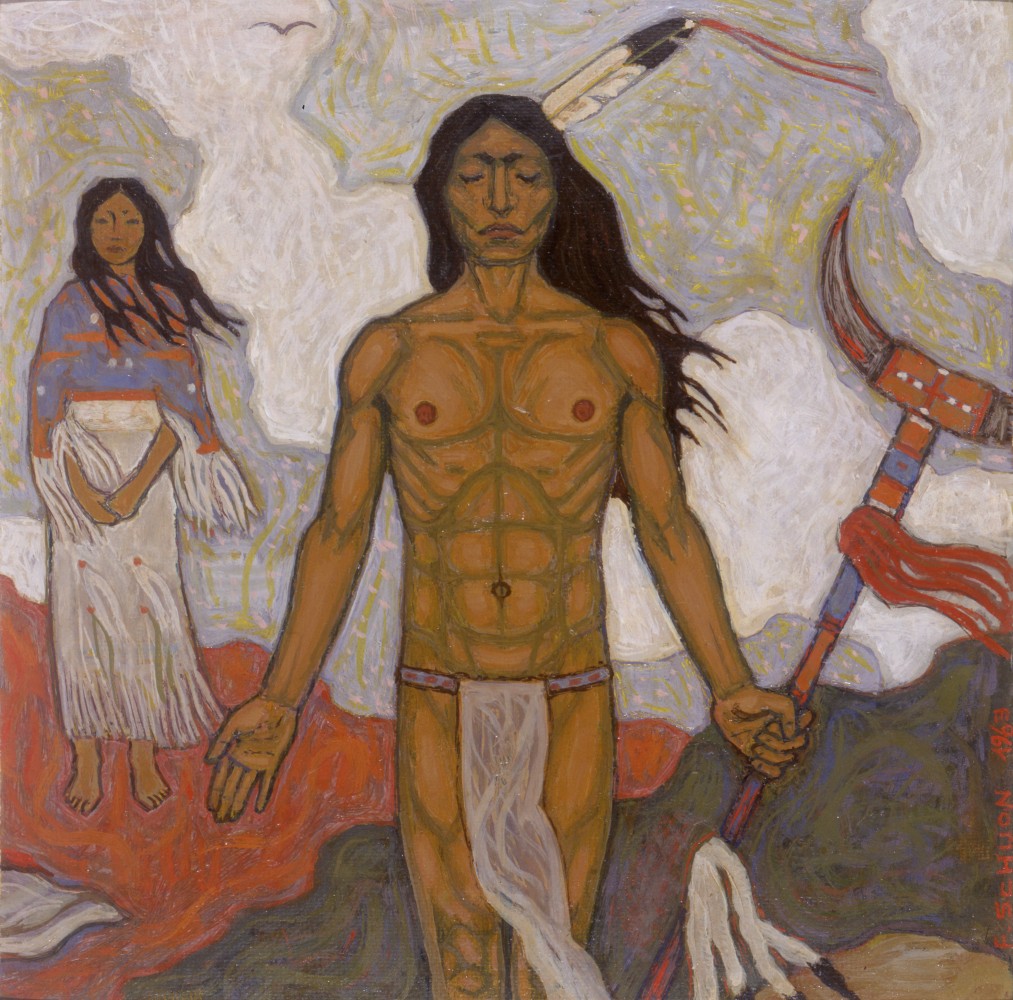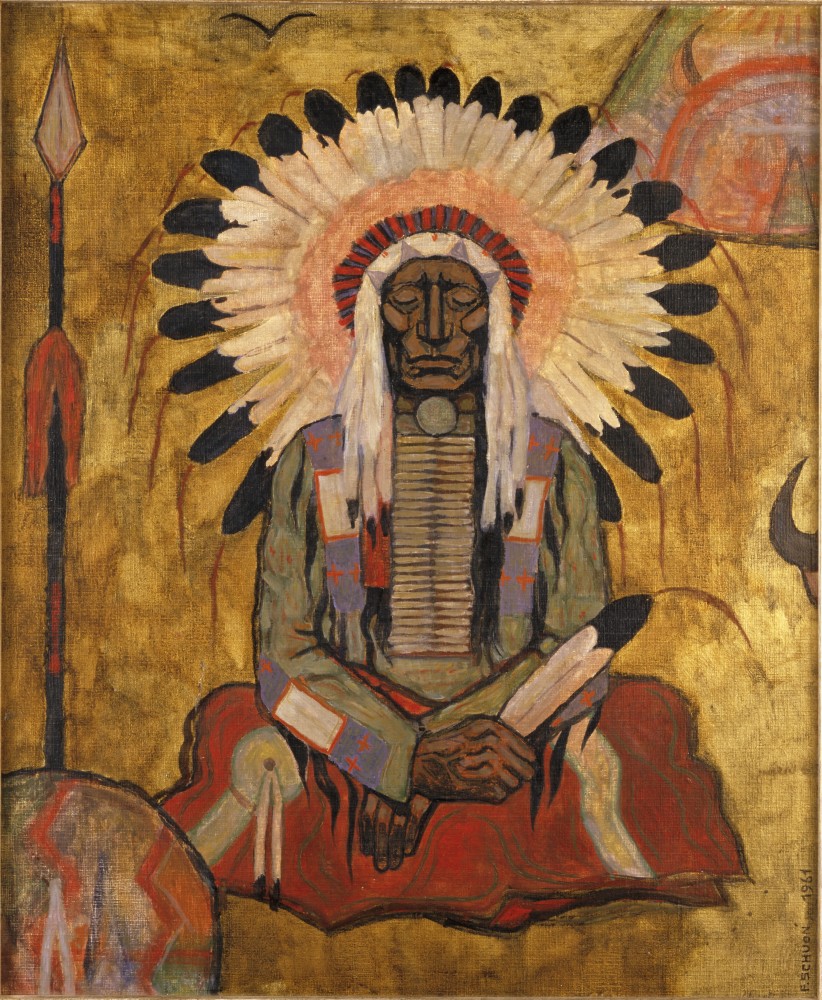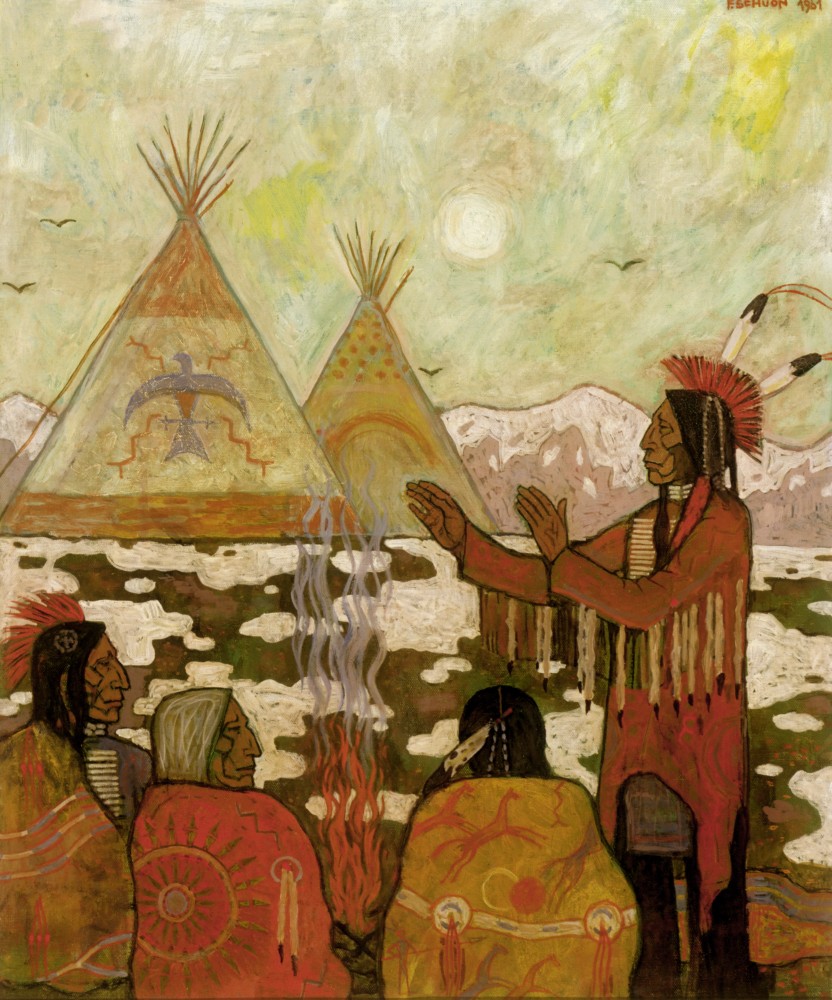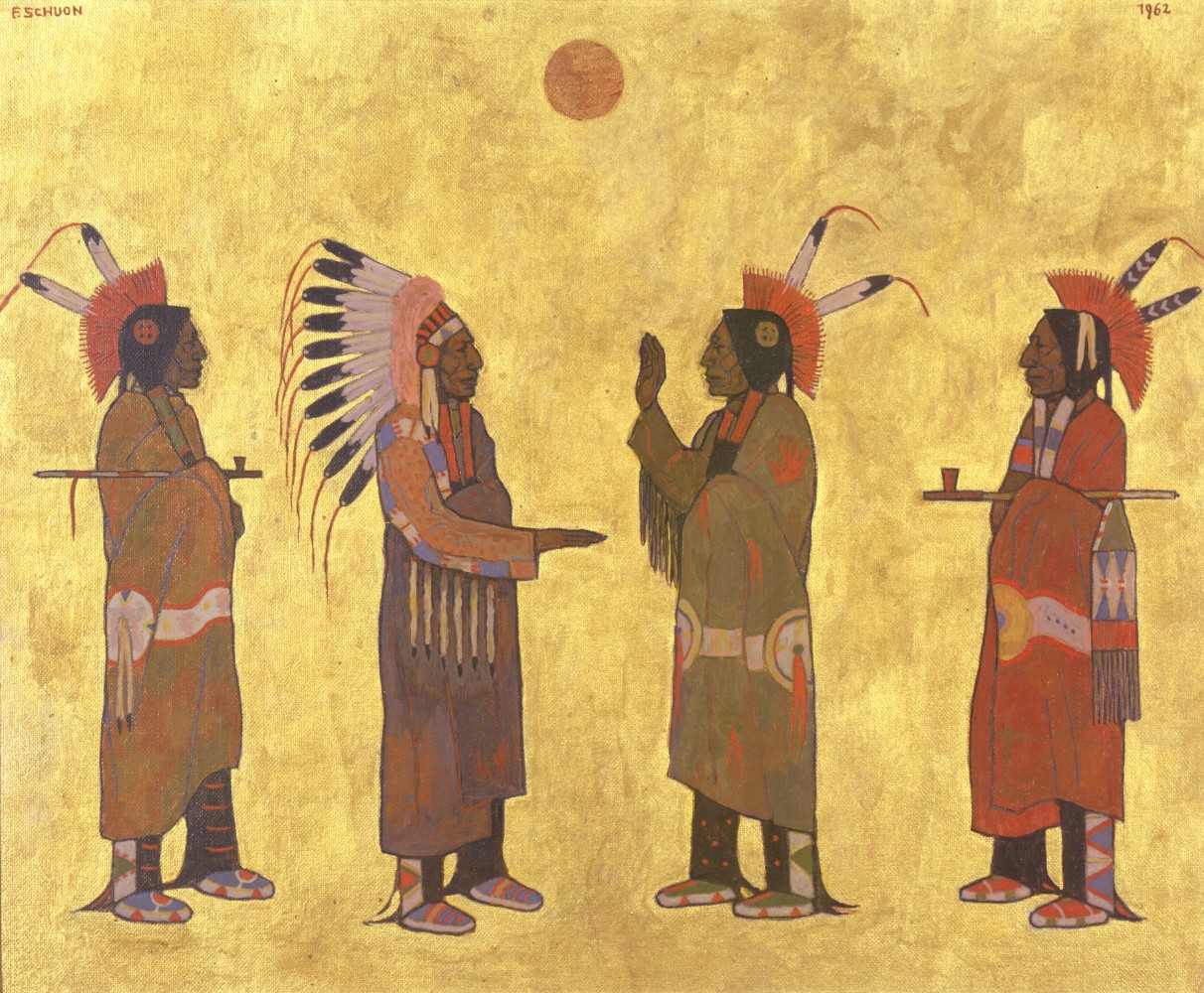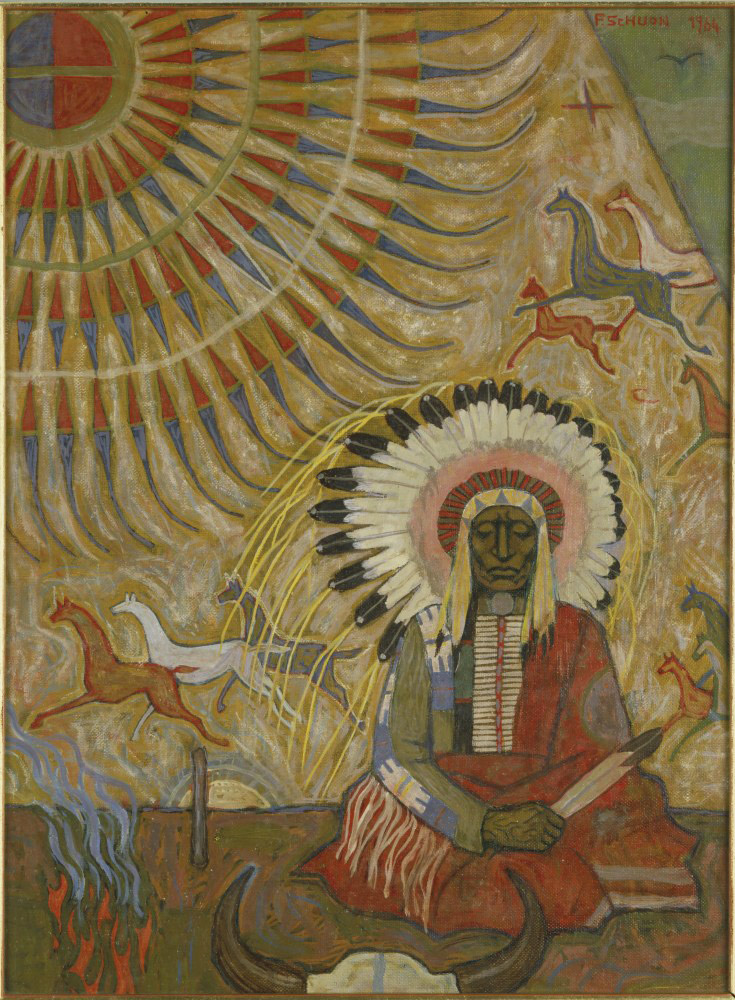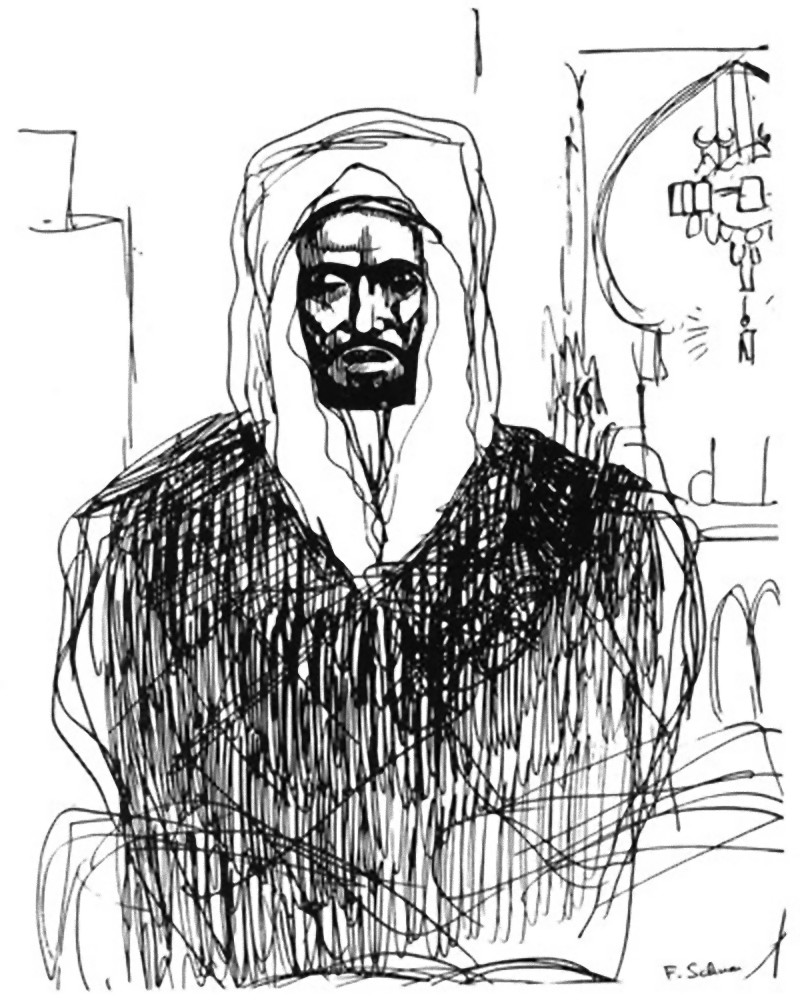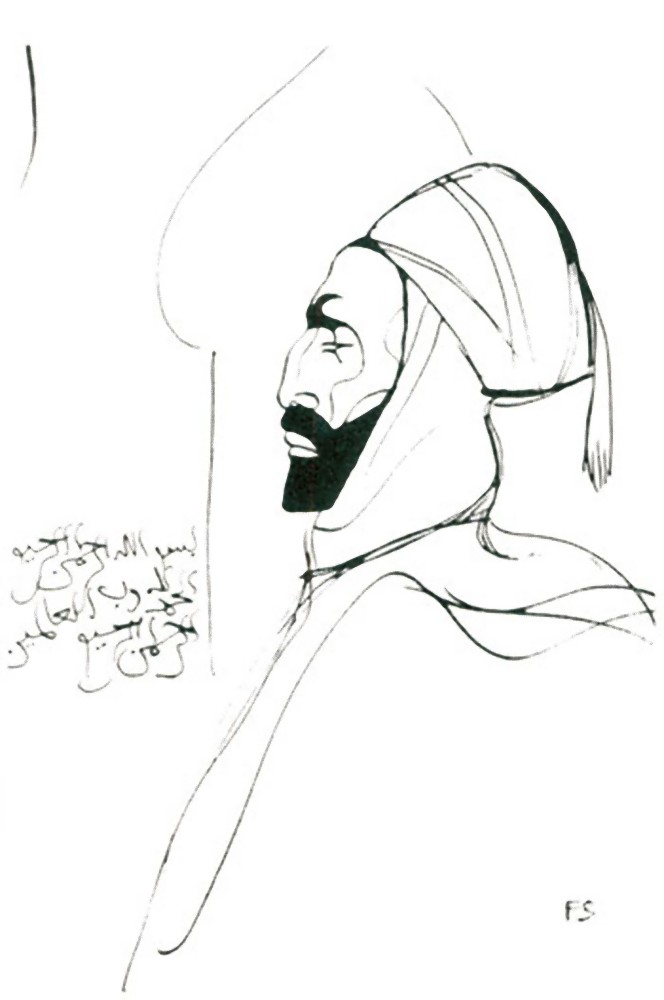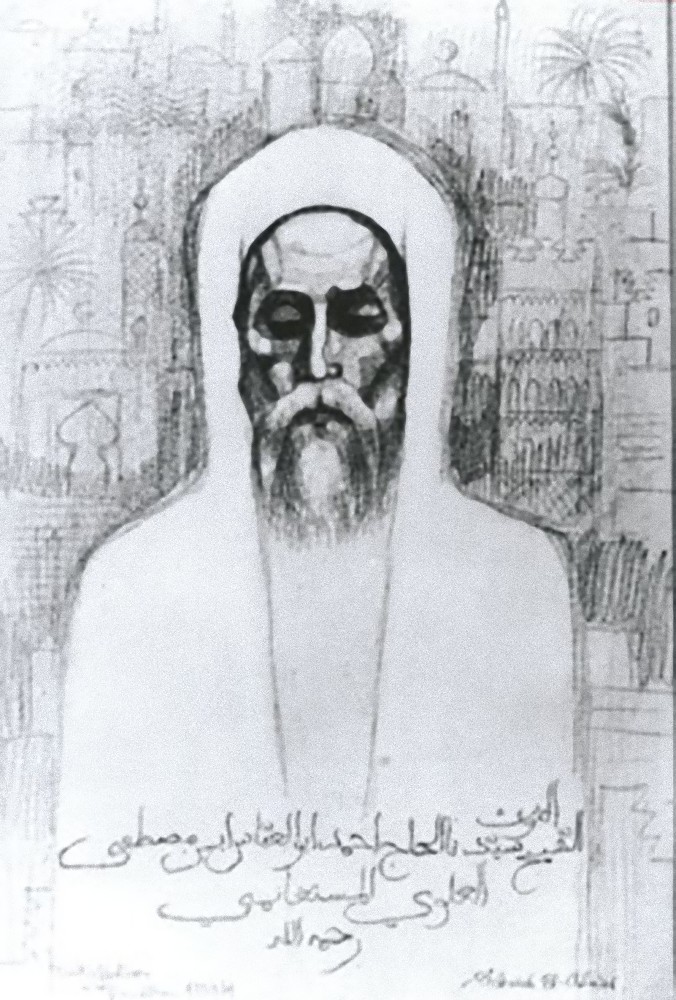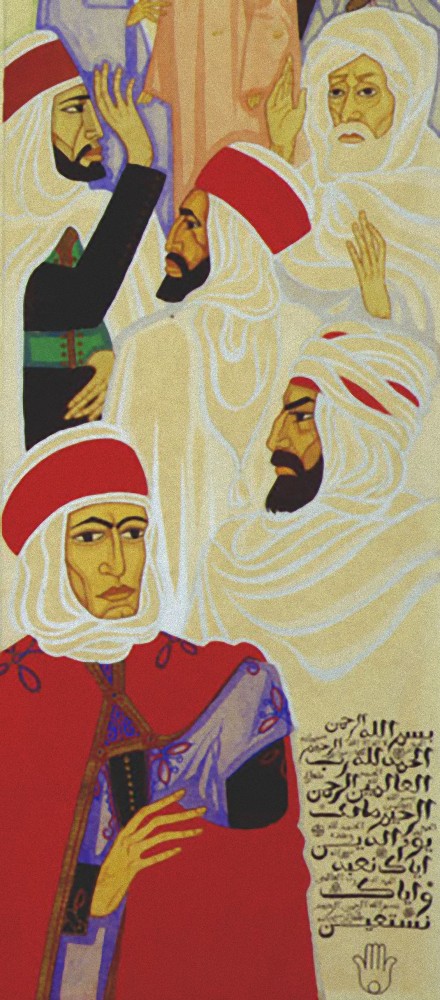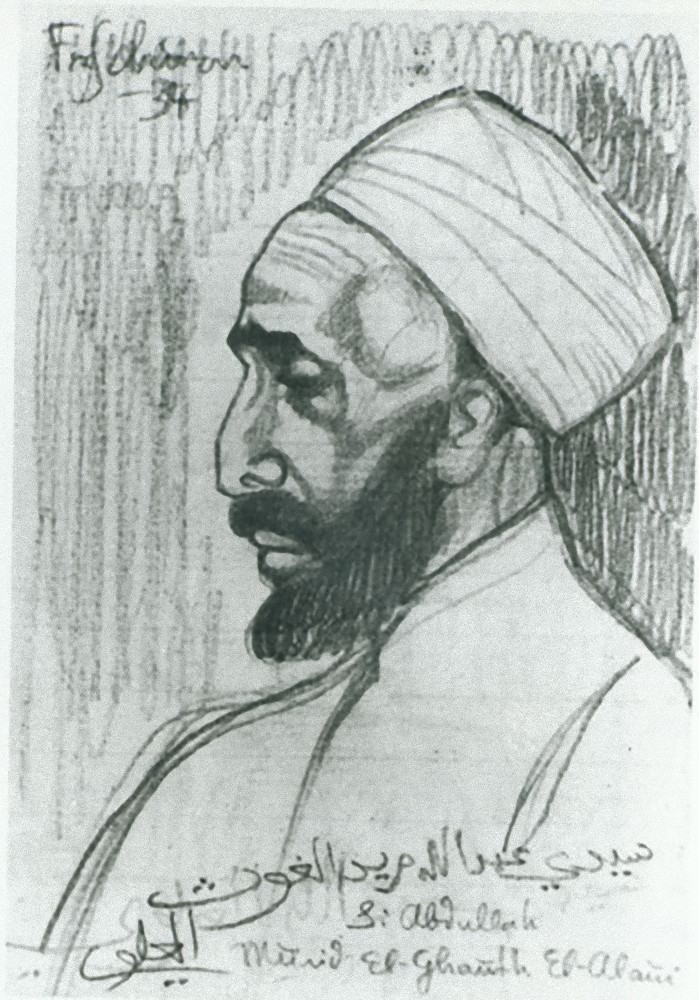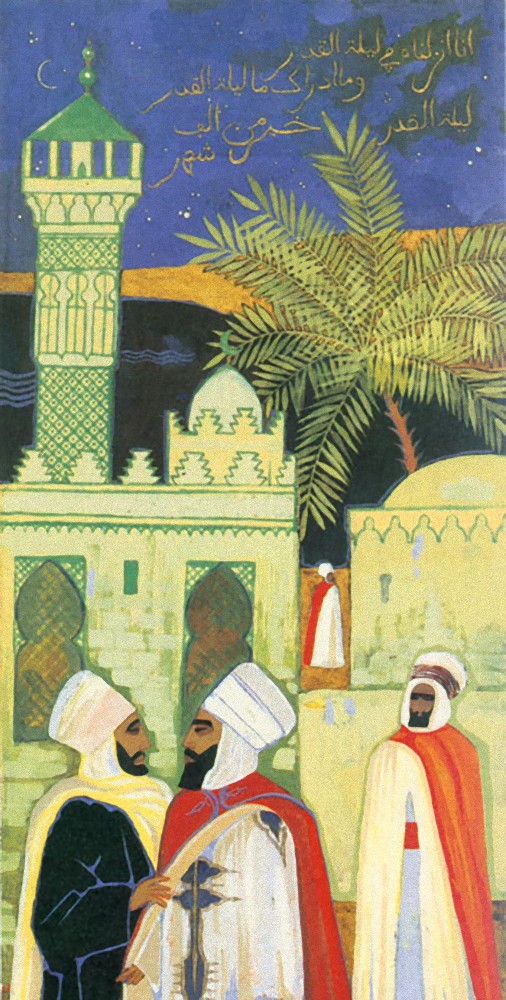
Frithjof Schuon Archive

Paintings and Sketches
| Image | Title | Year | Dimensions | hf:tax:art_category |
|---|---|---|---|---|
| Portrait de Tecumseh | sketches-of-the-american-indian-world | |||
| Sketch of a Japanese Woman | 1928 | dimension check | sketches-of-the-oriental-world | |
| Sketch of Two Mandarins – 2 | 1928 | sketches-of-the-oriental-world | ||
| Sketch of a Buddhist Scene | sketches-of-the-oriental-world | |||
| Sketch of a Mandarin | 1935 | sketches-of-the-oriental-world | ||
| Sketch of a Maharaja | sketches-of-the-oriental-world | |||
| Sketch of a Samurai | sketches-of-the-oriental-world | |||
| Sketch titled “Milarepa” (the Buddhist sage of Tibet) | 1928 | sketches-of-the-oriental-world | ||
| Sketch of Two Mandarins – 1 | 1924 | sketches-of-the-oriental-world | ||
| American Indian Sketch – 5 | sketches-of-the-american-indian-world | |||
| Sketch of American Indian Woman | sketches-of-the-american-indian-world | |||
| American Indian Sketch – 4 | sketches-of-the-american-indian-world | |||
| Indian Sketch – Mandan Mah-to-toh-pa | sketches-of-the-american-indian-world | |||
| American Indian Sketch – 3 | sketches-of-the-american-indian-world | |||
| American Indian Sketch – 2 | 1936 | sketches-of-the-american-indian-world | ||
| Portrait of Tecumseh | sketches-of-the-american-indian-world | |||
| American Indian Sketch – 1 | 1953 | sketches-of-the-american-indian-world | ||
| Study of a Yogini – 2 | paintings-of-the-eternal-feminine | |||
| Study of a Yogini – 1 | paintings-of-the-eternal-feminine | |||
| Study of the Virgin – 3 | paintings-of-the-eternal-feminine | |||
| Study of the Virgin – 2 | paintings-of-the-eternal-feminine | |||
| Study of the Virgin – 1 | paintings-of-the-eternal-feminine | |||
| Study of Virgin with Child – 2 | paintings-of-the-eternal-feminine | |||
| Virgin with Child – center panel | paintings-of-the-eternal-feminine | |||
| Study of Virgin with Child – 1 | paintings-of-the-eternal-feminine | |||
| Tipis at the Rising of the Sun | 1966 | 8" x 6" | paintings-of-the-american-indian-world | |
| The Chief’s Wife | 1965 | paintings-of-the-american-indian-world | ||
| Waiting for the Enemy | 1967 | paintings-of-the-american-indian-world | ||
| The Thunderstorm | 1953 | paintings-of-the-american-indian-world | ||
| Supplication | 1966 | 20" x 24" | paintings-of-the-american-indian-world | |
| Sending a Voice | 1962 | 18" x 21" | paintings-of-the-american-indian-world | |
| Salutation to the Great Spirit | 1963 | paintings-of-the-american-indian-world | ||
| The Council | 1963 | paintings-of-the-american-indian-world | ||
| Chiefs with pipe in camp scene | 1953 | paintings-of-the-american-indian-world | ||
| Cheyenne Chief | 1963 | paintings-of-the-american-indian-world | ||
| We Are All Relatives | 1966 | 21" x 18" | paintings-of-the-american-indian-world | |
| Seeking the Great Spirit | 1963 | paintings-of-the-american-indian-world | ||
| The Sun Lodge | 1963 | 15" x 19" | paintings-of-the-american-indian-world | |
| Meditation | 1961 | paintings-of-the-american-indian-world | ||
| A Warrior and his Chiefs | 1960 | 9" x 13" | paintings-of-the-american-indian-world | |
| So That My People May Live | 1961 | 18" x 22" | paintings-of-the-american-indian-world | |
| The Encounter of the Chiefs | 1962 | 18" x 15" | paintings-of-the-american-indian-world | |
| Apparition of the Buffalo Calf Maiden | 1959 | 10" x 24" | paintings-of-the-american-indian-world | |
| The Feathered Sun | 1964 | paintings-of-the-american-indian-world | ||
| Sketch of a Muslim Man – 2 | art-of-the-islamic-world | |||
| Sketch of a Muslim Man – 1 | art-of-the-islamic-world | |||
| Sketch of the Shaykh al-Alawi | art-of-the-islamic-world | |||
| Study from painting of Muslim scene | 1932 | art-of-the-islamic-world | ||
| Sketch of a disciple of Shaykh al-‘Alawî | 1934 | art-of-the-islamic-world | ||
| Laylat al-Qadr | 1934 | 5" x 20" | art-of-the-islamic-world |
Featured Books
Den Islam verstehen
This book by the great philosopher of religion Frithjof Schuon is considered worldwide as one of the best introductions to the true teachings of Islam.
Featured Poems
Adastra and Stella Maris: Poems by Frithjof Schuon-Contentment
To be content with God — these are weighty words.
Adastra and Stella Maris: Poems by Frithjof Schuon-Weekday
Weekday: noise, fleeing flood of humanity,
Adastra and Stella Maris: Poems by Frithjof Schuon-Upaya
There are two ways to draw you to the path
Featured Articles
The Introduction by Thomas Yellowtail to “The Feathered Sun” by Frithjof Schuon
Crow Sun Dance Chief and Medicine Man Thomas Yellowtail (1903-1993) wrote this introduction to Frithjof Schuon’s book “The Feathered Sun: Plains Indians in Art and Philosophy” to attest to the authenticity and truthfulness of Schuon’s writings and paintings found in this book. Yellowtail details his long relationship with Schuon and goes on to point out that Schuon captured the spirit of the olden-days Indians in both his paintings and his prose.
Book Review of “Dimensions of Islam”
Martin Lings reviews this book by Frithjof Schuon which is a complement to Understanding Islam and which explains in depth some of the problems that Christianity sees in Islam in the sanctity of the Prophet, for example, or the belittling of the human. Schuon explains that to be truly human and thus sanctified is to fit the divine mould which is Origin, Archetype, Norm and Goal. In Sufism this is expressed in a quaternary of divine Names: The First, the Last, the Outward and the Inward. Lings points out that these, “form the basis of this book, whose every chapter flows, as it were, along one or more of these dimensions.” Chapters under review include those on Jesus, Mary, the Archangels and the Five Divine Presences.
Foreword to “The Eye of the Heart”
Professor Huston Smith wrote the “Foreword” to the 1997 edition of Frithjof Schuon’s “The Eye of the Heart.” In it, Smith states unequivocally that he considers Schuon to be “the most important religious thinker of our century.” He explains this by pointing to Schuon’s solution to the thorniest issue facing those who believe in absolute Truth: Must there be only one valid Truth embodied in one religious tradition, thus excluding all others, or can there be another way in which absolute Truth can take on relative shadings, and still remain the Truth? Although Smith gives only brief attention to the specific contents of the book, he does summarize his thoughts with this: “Again in this book, as everywhere in Schuon’s writing, one is struck by the hierarchical, vertical character of his thinking — his depiction of an absolute and transcendent Reality that deploys itself through All-Possibility and ultimately returns to Itself through human beings ‘made in the image of God.'”
